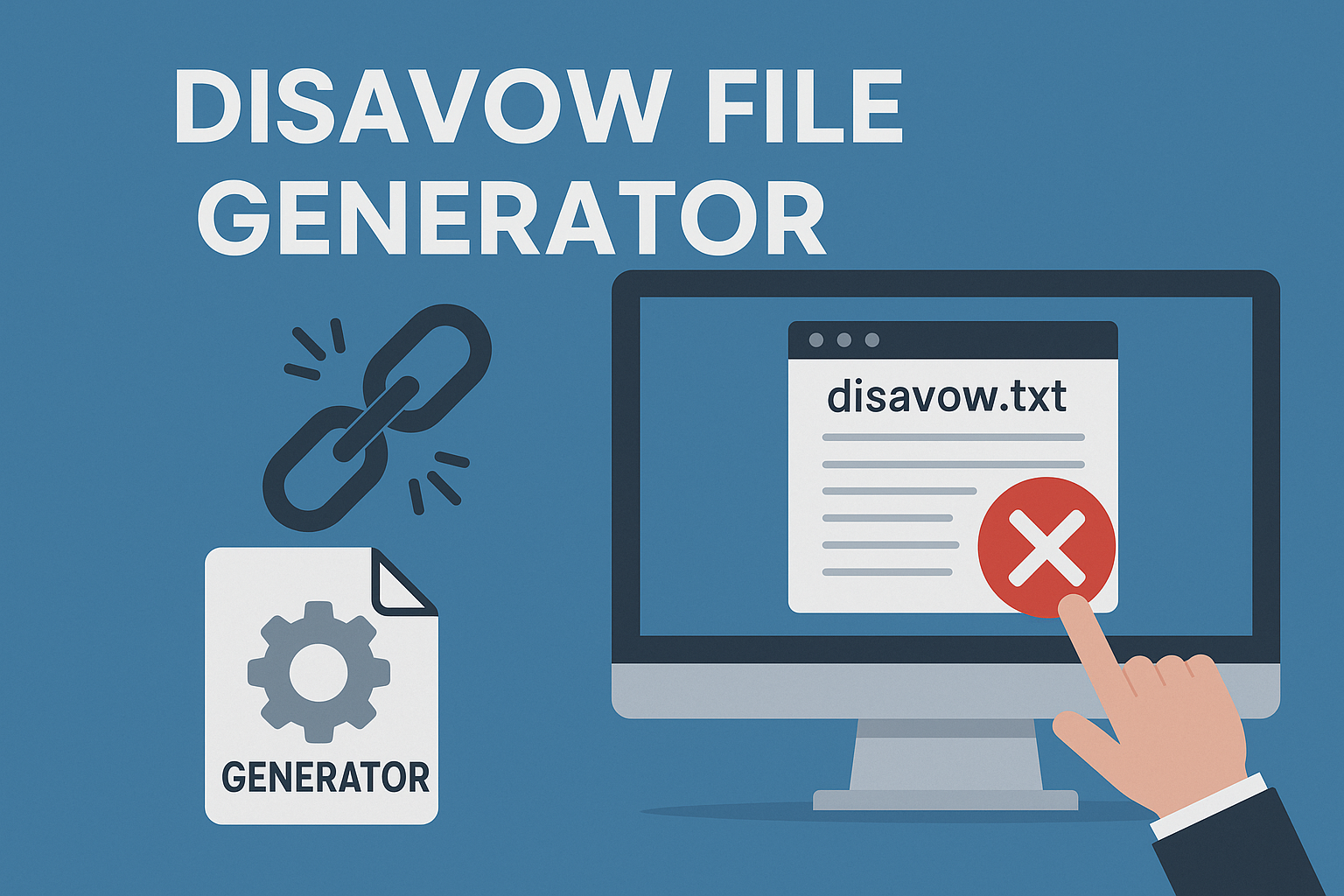Imagine a roadmap that organizes essential strategies into clear, interconnected categories. This is the core idea behind the widely recognized framework inspired by chemistry’s classic organizational system. First introduced in 2011 by Search Engine Land, it has evolved alongside shifting digital trends to remain a trusted resource through 2025.
Much like its scientific counterpart, this model groups critical components into distinct sections. These categories help marketers visualize how technical adjustments, content quality, and audience engagement work together. Updates over the years reflect major algorithm changes, ensuring it stays relevant as search platforms evolve.
Why does this matter? By breaking complex concepts into digestible parts, it creates clarity in an often overwhelming field. Beginners gain a structured starting point, while experts appreciate how it highlights connections between seemingly separate tactics.
This guide explores the foundational elements that shape online visibility. You’ll discover how factors like site speed, keyword relevance, and user experience collectively influence performance. Whether you’re launching a blog or optimizing an enterprise site, these principles apply across projects.
Key Takeaways
- Originated as a visual guide for digital marketing strategies
- Regularly updated to reflect current search platform requirements
- Simplifies complex concepts through category-based organization
- Equally valuable for newcomers and seasoned specialists
- Highlights relationships between technical and creative elements
Understanding the SEO Periodic Table
In 2011, a pivotal shift occurred in digital marketing with the introduction of an organizational framework by Search Engine Land. This model, designed to demystify complex strategies, has continually adapted to industry changes through 2025.
History and Evolution
Search Engine Land’s original release mapped core tactics when mobile optimization was still emerging. Annual revisions added layers like voice search readiness and Core Web Vitals, mirroring search engine algorithm upgrades. For example, the 2018 update prioritized mobile-first indexing—a direct response to Google’s major shift.
By 2020, the framework integrated E-E-A-T principles, reflecting heightened emphasis on content credibility. These adjustments ensured marketers could track what mattered most as platforms evolved.
Purpose and Utility
The table’s design turns overwhelming data into actionable categories. Webmasters use it to audit technical health, while content teams align topics with search intent. One Search Engine Land article notes:
“It’s the Swiss Army knife of digital strategy—versatile, precise, and always relevant.”
Visual grouping helps identify gaps, like improving site speed while boosting social signals. For busy professionals, it’s a quick-reference tool that bridges creative brainstorming and technical execution.
What is the SEO Periodic Table?
Picture a library where every book has a specific shelf—each category logically grouped for easy access. This organizational approach underpins the framework that simplifies complex digital tactics. It transforms abstract concepts into a structured layout, making strategy development more approachable.
Defining Key Concepts
The system groups components into three core areas: technical foundations, content quality, and audience trust. For instance, page speed sits alongside keyword relevance as critical ranking factors. A Search Engine Land analysis states:
“This model acts as a compass, directing teams to prioritize efforts that align with search engine expectations.”
Elements like mobile optimization and backlink profiles receive equal attention. This balance ensures no single aspect overshadows others in importance.
Visual Framework of SEO Elements
Color-coded sections immediately show connections between tactics. Technical checks like XML sitemaps appear near content elements such as header tags, emphasizing their relationship. Here’s how major categories break down:
| Technical Foundations | Content Quality | Audience Trust |
|---|---|---|
| Site speed | Keyword research | User reviews |
| Mobile responsiveness | Header structure | Author bios |
| URL optimization | Media alt text | Security certificates |
Marketers use this layout to spot gaps—like strong content paired with slow load times. The visual format turns abstract ideas into actionable steps, helping teams collaborate effectively across specialties.
The Evolution of SEO Strategies
Digital marketing’s landscape transformed dramatically between 2011 and 2025, driven by shifting priorities in how online platforms evaluate content. Early strategies focused heavily on keyword density and backlink quantity. By 2015, major algorithm updates like Google’s Panda and Penguin forced marketers to prioritize quality over shortcuts.
Updates from 2011 to 2025
Search engines began rewarding user-centric experiences after 2013’s Hummingbird update. This shift made natural language processing critical for matching content to search intent. Mobile-first indexing in 2018 pushed responsive design from optional to mandatory, altering how developers approached site architecture.
Voice search optimization surged in 2020 as smart devices grew ubiquitous. A Search Engine Land report highlighted:
“Pages answering conversational queries saw 40% more visibility by 2022.”
Recent years introduced Core Web Vitals as ranking factors. Metrics like loading speed and visual stability now directly impact visibility. These changes forced teams to balance creative content with technical precision.
| Year | Key Update | Website Impact |
|---|---|---|
| 2015 | Mobilegeddon | Responsive design became essential |
| 2020 | E-E-A-T integration | Author credentials gained importance |
| 2023 | Helpful Content System | User-first articles outperformed keyword-stuffed pages |
Modern strategies require quarterly audits to stay effective. Elements like structured data markup and accessibility features now influence rankings as much as traditional factors. Adapting to these shifts isn’t optional—it’s survival in today’s competitive digital space.
Breaking Down the Essential SEO Elements
Successful digital strategies rely on three interconnected pillars working in unison. Like gears in a well-oiled machine, each category influences the others. Separating them helps teams pinpoint strengths and weaknesses while maintaining a holistic view.
On-Page Components
Content creation sits at the heart of user engagement. Keywords should align with what people search for naturally, not forced into sentences. Meta titles and descriptions act as digital storefront signs—clear previews that invite clicks.
Off-Page Signals
External links function like peer recommendations in academia. A 2023 BrightLocal study revealed:
“Websites with diverse backlink sources outperform competitors by 37% in visibility.”
Social shares and online reviews also build trust signals.
Technical Foundations
Site speed and mobile responsiveness keep visitors from bouncing. Structured data markup helps search tools “read” your content accurately. Tools like Google Lighthouse identify issues like unoptimized images or render-blocking code.
| Content & Metadata | External Authority | Site Infrastructure |
|---|---|---|
| Header tags | Backlink diversity | Core Web Vitals |
| Media alt text | Brand mentions | XML sitemaps |
| Topic depth | Guest articles | Mobile-first design |
Quick audit tip: Run weekly crawls using Screaming Frog to spot broken links. Cross-reference with Ahrefs for backlink quality checks. Balancing these elements ensures your site meets both user needs and technical requirements.
Exploring Credibility in SEO
Building trust online works like constructing a sturdy house—every brick matters. Platforms now prioritize content that demonstrates real-world value and reliability. This shift has made credibility a cornerstone of digital success.
E-E-A-T: Experience, Expertise, Authoritativeness, Trust
Google’s framework evaluates content through four lenses. Experience means firsthand knowledge, like a chef sharing recipes they’ve tested. Expertise requires qualifications or proven skills, such as medical advice from licensed professionals.
Authoritativeness comes from peer recognition. A study by Backlinko found:
“Articles cited by reputable sources rank 31% higher than those without endorsements.”
Trustworthiness ties everything together—secure sites with transparent authorship outperform anonymous pages.
Brand and Creator Impact
Established names like Mayo Clinic dominate health searches because their brand signals expertise. Influencers with niche authority also sway rankings. A fitness creator’s video tutorial might outrank generic articles if viewers consistently engage.
Consistency strengthens credibility. Regular updates, verified social profiles, and author bios create a cohesive structure that search tools recognize. Broken links or outdated claims erode trust, hurting results over time.
Think of credibility as a digital handshake. It takes effort to earn but seconds to lose. By aligning content with E-E-A-T principles, brands build lasting relationships with both audiences and algorithms.
Content Strategy and Quality in SEO
Crafting standout content works like a master chef’s recipe—every ingredient must serve a purpose. Aligning your work with what users genuinely need creates lasting value. A HubSpot study found:
“Pages updated quarterly gain 45% more traffic than static posts.”
This highlights how freshness and relevance work together to boost visibility.
Creating Authentic and Valuable Content
Start by mapping your architecture to audience questions. For example, a baking blog might structure guides around common kitchen mistakes. Keywords should flow naturally, like adding spices to a dish—present but not overwhelming.
Focus on experience-driven insights. A travel writer sharing personal stories about hidden destinations builds trust better than generic lists. Tools like Clearscope help balance search terms with readability scores.
Freshness, Accuracy, and Depth
Regular updates signal reliability. Set calendar reminders to revise statistics or add new examples. Grammarly’s tone detector ensures content stays approachable while maintaining expertise.
Consider these strategies:
| Strategy | Action | Impact |
|---|---|---|
| User Intent Matching | Analyze top-ranking pages | Higher engagement rates |
| Accuracy Checks | Cross-reference sources | Improved credibility scores |
| Depth Expansion | Add video tutorials | Longer page visits |
Top brands like Moz use this approach, blending data with storytelling to educate users effectively. Track performance through metrics like scroll depth and social shares to refine your strategy.
User Experience and Website Engagement
Think of your website as a welcoming storefront—if customers can’t find what they need quickly, they’ll leave. Modern audiences expect seamless interactions, and meeting those expectations directly impacts visibility. Google’s 2023 study found:
“Sites with intuitive layouts retain visitors 50% longer than cluttered competitors.”
This connection between design and performance makes user experience a critical ranking factor.
Design That Works for Everyone
Clear navigation acts like road signs guiding visitors. Group related pages under logical menus, and use breadcrumbs to show their location. Place calls-to-action where eyes naturally land—like after product descriptions or blog conclusions.
Accessibility isn’t optional. Over 26% of U.S. adults live with disabilities affecting web use. Follow WCAG guidelines by:
- Adding alt text to images
- Ensuring color contrast meets 4.5:1 ratios
- Providing keyboard navigation options
These adjustments help search tools index content accurately while expanding your audience reach.
| Element | Engagement Impact | Optimization Tip |
|---|---|---|
| Page Load Speed | +34% session duration | Compress images above 100KB |
| Mobile Menus | -28% bounce rate | Use hamburger icons on small screens |
| Form Simplicity | +41% conversions | Limit fields to essential info |
Track behavioral metrics like scroll depth and click heatmaps. Tools like Hotjar reveal which page sections hold attention—and which need redesign. Small tweaks, like enlarging buttons or simplifying forms, often yield big results.
Optimizing Code and HTML Best Practices
Building a website is like following a precise recipe—every ingredient matters. Clean code and smart formatting help platforms understand your content while delivering smooth experiences. Let’s explore how small technical tweaks create big visibility boosts.
First Impressions That Click
Title tags act as digital headlines, appearing in search results and browser tabs. Keep them under 60 characters to avoid truncation. Meta descriptions serve as preview text—clear summaries that entice clicks without keyword stuffing.
A Search Engine Journal study found:
“Pages with optimized titles and descriptions see 37% higher click-through rates than generic ones.”
Guiding Visitors and Crawlers
Headings (H1-H6) create content roadmaps. Use H1 once per page for main topics. Break subsections with H2s and H3s. This structure helps users skim while teaching algorithms about your content’s focus.
| Heading Level | User Benefit | Technical Impact |
|---|---|---|
| H1 | Clear topic identification | Primary keyword signaling |
| H2 | Section preview | Content hierarchy mapping |
| H3 | Detailed breakdown | Related term optimization |
Visuals That Work Smarter
Images need descriptive alt text for accessibility and indexing. Google’s guidelines state:
“Alt attributes should concisely explain visual content for screen readers and crawlers.”
Combine this with schema markup to identify product photos or recipe steps. Properly tagged media appears in specialized search results.
| Optimization Step | User Impact | Technical Benefit |
|---|---|---|
| Alt text addition | Better accessibility | Image search visibility |
| File compression | Faster loading | Improved Core Web Vitals |
| Lazy loading | Smoother scrolling | Reduced server requests |
Minify CSS and JavaScript files to remove unnecessary code. Tools like HTML Validator spot missing tags or syntax errors. Clean markup helps engines parse content efficiently, boosting crawl budgets and indexing speed.
Effective Link Building Techniques
Links act as digital bridges, connecting your content to valuable resources across the web. Building these pathways strategically strengthens your site’s authority while guiding visitors to relevant information. Let’s explore how different connection types work together to boost performance.
Three Pathways to Authority
Inbound links come from external sites recommending your content. These act like votes of confidence, signaling trust to search tools. Internal links guide users between your own pages, improving navigation and content depth. External links point readers to third-party sources, adding credibility through association.
| Link Type | Primary Purpose | Example |
|---|---|---|
| Inbound | Build domain authority | Industry blog mentions your guide |
| Internal | Enhance user experience | Linking “baking tips” to a recipe |
| External | Support claims with data | Citing government health statistics |
A 2023 Ahrefs study revealed:
“Websites with diverse backlink profiles see 73% higher rankings than those relying on single sources.”
This shows how quality connections enhance your site’s reputation over time.
Write anchor text that clearly describes linked content. Instead of “click here,” use phrases like “summer gardening checklist.” Avoid over-optimized links stuffed with keywords—they raise red flags for modern algorithms.
Common mistakes include trading links with unrelated sites or using automated tools for mass outreach. Focus instead on earning mentions through original research and partnerships. Track progress using tools like Moz’s Link Explorer, checking metrics monthly to spot trends.
Boosting Performance Through Speed and Responsiveness
Think of your website as a high-performance vehicle—every millisecond counts in the race to keep visitors engaged. Slow load times and shaky layouts frustrate modern audiences, directly impacting your digital success. Let’s explore how optimizing these elements creates smoother journeys for users and algorithms alike.
Why Speed Matters More Than Ever
Page load time directly shapes first impressions. Google research shows:
“Sites loading in 1-3 seconds have 32% lower bounce rates than those taking 5 seconds.”
Quick responses make audiences feel valued. They’re more likely to explore multiple pages or complete purchases. Optimize images by compressing files above 150KB and using next-gen formats like WebP.
Keeping Pages Steady and Reliable
Visual stability prevents frustrating layout jumps during loading. Cumulative Layout Shift (CLS) scores below 0.1 ensure text stays readable as media loads. Fix common issues by:
- Setting fixed dimensions for images and ads
- Using system fonts until custom typefaces load
- Avoiding late-loading pop-ups
| Tool | Key Metric | Optimization Tip |
|---|---|---|
| Google Lighthouse | Performance Score | Remove render-blocking JavaScript |
| WebPageTest | Speed Index | Enable browser caching |
| PageSpeed Insights | CLS Rating | Preload hero images |
Regularly test across devices using Chrome DevTools’ throttling features. Remember—speed and stability work together to build trust with both human visitors and automated crawlers.
Developing a Strong Site Architecture
Building a website resembles urban planning—every street (page) needs clear pathways connecting key destinations. A logical structure helps visitors and search tools navigate efficiently while supporting long-term growth.
Crawlability, Sitemaps, and Robots.txt
Search engines explore sites like tourists using maps. An XML sitemap acts as your main directory, listing all important pages. Combine this with a robots.txt file that politely says, “Skip the storage room,” blocking irrelevant sections like admin pages.
Google’s John Mueller notes:
“Regular sitemap updates help our systems discover new content within hours instead of weeks.”
Three crawl-friendly practices:
- Limit nested folders to three levels deep
- Use breadcrumb navigation menus
- Fix broken links monthly
Mobile First Design and Optimized URLs
Over 60% of searches happen on phones. Design thumb-friendly buttons and menus first, then adapt for desktops. Test layouts across screen sizes using Chrome DevTools.
URLs should read like street addresses—clear and descriptive. Compare these examples:
| Confusing Structure | Optimized Version |
|---|---|
| domain.com/post123?id=567 | domain.com/guides/mobile-design |
| domain.com/category?=tools | domain.com/tools/keyword-research |
Include primary keywords early in paths, but avoid stuffing. A smart strategy balances readability with technical precision. Schedule quarterly audits to remove duplicate pages and streamline navigation.
Mastering the “seo periodic table” for Better Rankings
Navigating digital marketing works like using a GPS—you need real-time updates and clear markers to reach your destination. Strategic frameworks provide this guidance, helping teams prioritize actions that align with current platform requirements. Let’s explore how to apply these tools effectively while staying ahead of shifts through 2025.
Mapping Components to Real-World Results
Start by treating the framework as a diagnostic tool. For example, a travel site improved visibility by 22% after fixing image alt tags and streamlining backlinks. Regular reviews of page elements helped them spot outdated content dragging down performance.
“Teams using structured frameworks resolve technical issues 40% faster than those without clear systems.”
| Component | Action | Impact |
|---|---|---|
| Backlink Diversity | Audit referring domains monthly | +18% domain authority |
| Content Freshness | Update stats quarterly | 31% lower bounce rate |
| Technical Health | Run weekly speed tests | 15% ranking boost |
Adapting to Algorithm Shifts
Platform changes demand flexible strategies. When Google’s 2024 update prioritized video content, savvy marketers expanded tutorials and behind-the-scenes clips. Track industry newsletters and adjust quarterly plans based on confirmed trends.
Follow this approach:
- Analyze top-performing competitors every 90 days
- Test new content formats (e.g., interactive quizzes)
- Purge low-quality backlinks using Ahrefs
- Refresh alt text during site audits
Brands like REI saw 37% more organic traffic after aligning their reviews section with E-E-A-T guidelines. Consistent evaluation turns frameworks from static charts into living roadmaps for sustained success.
Recognizing and Avoiding Negative SEO Tactics
Just as toxins damage physical health, certain digital practices can poison your site’s performance. While shortcuts might promise quick wins, they often lead to lasting consequences that undermine genuine growth. Understanding these risks helps protect your brand’s integrity and visibility.
Spotting Digital Red Flags
Keyword stuffing and hidden text (cloaking) remain common violations. These tactics manipulate algorithms but repel readers—like filling a library with empty books. Spammy backlinks from unrelated sites act similarly, creating artificial popularity that platforms quickly detect.
Google’s 2023 Webmaster Report warns:
“Sites using manipulative linking strategies saw 63% drops in visibility after manual reviews.”
Watch for competitors with sudden ranking spikes or identical anchor text across multiple domains. These patterns often signal unethical marketing efforts.
| Toxic Practice | Short-Term Effect | Long-Term Risk |
|---|---|---|
| Content Scraping | Temporary traffic boost | Duplicate content penalties |
| Link Farms | Higher domain authority | Manual actions from search engines |
| Doorway Pages | Targeted keyword rankings | Site-wide demotion |
Ethical marketing focuses on creating value through user-first content and natural relationship-building. Regular audits using tools like SEMrush or Google Search Console help identify issues early. Remove questionable links through disavow files and rewrite thin content to demonstrate expertise.
Sustainable success comes from aligning with platform guidelines while prioritizing audience needs. Brands that invest in transparency build lasting trust—the true foundation of digital growth.
Local, Publishing, and Niche SEO Insights
Communities thrive when local businesses understand their neighborhood’s pulse—and the same principle applies online. Tailoring your approach to specific audiences builds stronger connections and drives meaningful results. Let’s explore how distinct industries can refine their strategies for maximum impact.
Local Essentials and Digital Visibility
Accurate business listings form the foundation of local success. A BrightLocal study found:
“76% of searches for nearby services lead to store visits within 24 hours when listings are consistent.”
Optimize Google Business Profiles with updated hours, photos, and service areas. Encourage satisfied customers to leave reviews—these act as social proof for hesitant shoppers.
| Business Type | Key Local Strategy | Impact Example |
|---|---|---|
| Restaurants | Menu updates with seasonal dishes | +42% reservation requests |
| Retail Stores | In-store pickup badges | 28% faster inventory turnover |
| Service Providers | Service area radius settings | 35% more qualified leads |
Geo-targeted content like neighborhood guides or event spotlights improves relevance. A Brooklyn bakery boosted traffic 19% by blogging about local ingredient suppliers.
Content Hubs and Shopping Journeys
Publishing platforms benefit from organized archives. Group articles by themes or dates to help readers discover related topics. Multimedia elements like podcasts or video tutorials keep visitors engaged longer—LinkedIn reports pages with videos get 3x more shares.
For online stores, product descriptions need detail without fluff. Use bullet points for specs and storytelling for benefits. Simplify navigation with filters like price ranges or customer ratings. One outdoor gear site reduced bounce rates by 22% after adding size charts to category pages.
| Ecommerce Focus | Optimization Tactic | Result |
|---|---|---|
| Product Pages | 360-degree image zoom | +17% conversion rate |
| Checkout Flow | Guest purchase option | 34% fewer abandoned carts |
| Category Structure | Seasonal collection tags | 12% higher average order value |
Make sure your website’s user experience adapts to niche needs. Pet supply stores might add a “vet-approved” badge, while tech blogs could highlight author certifications. These touches build trust and keep audiences coming back.
Integrating SEO Best Practices for Modern Websites
Creating a top-performing website works like conducting an orchestra—every section must harmonize. Technical precision, engaging content, and smooth navigation combine to deliver experiences that users and algorithms love. A 2024 Backlinko analysis found:
“Sites balancing these three elements see 53% higher retention than those focusing on isolated tactics.”
Unified Strategies for Lasting Impact
Search engines now prioritize websites offering value at every level. Fast-loading pages with clear headings keep visitors engaged, while thorough articles answer their questions. Tools like Hotjar heatmaps reveal where users get stuck, guiding targeted improvements.
| Focus Area | Action Step | Measurable Benefit |
|---|---|---|
| Technical Health | Fix mobile rendering issues | +22% session duration |
| Content Quality | Add video explainers | 41% lower bounce rate |
| User Pathways | Simplify checkout flows | 19% more conversions |
Regular audits catch emerging issues. One outdoor retailer boosted traffic 28% by aligning product descriptions with customer reviews. They updated sizing charts monthly and optimized image compression quarterly.
Platforms evolve constantly—what worked last year might now hurt rankings. Subscribe to official blogs like Google Search Central for update alerts. Test changes gradually, tracking metrics through tools like Looker Studio.
Conclusion
Effective digital strategy resembles a well-tuned engine—every part must work in harmony for peak performance. Throughout this guide, we’ve explored how technical precision, valuable content, and seamless experiences combine to drive visibility. The organizational framework discussed acts as a compass, helping teams prioritize efforts that align with modern search requirements.
Regular check-ups keep your approach sharp. Platforms evolve quickly, so what worked last year might miss today’s mark. Schedule quarterly audits to identify outdated practices and emerging opportunities.
Always center your efforts around user needs. Pages that load quickly, answer questions clearly, and provide intuitive navigation earn trust—both from audiences and algorithms. Tools like heatmaps and surveys reveal where visitors struggle, guiding targeted improvements.
Staying ahead requires collaboration. Partner with specialists to interpret industry shifts or dive deeper into advanced tactics. By combining structured planning with adaptability, you’ll build a foundation that grows stronger over time.


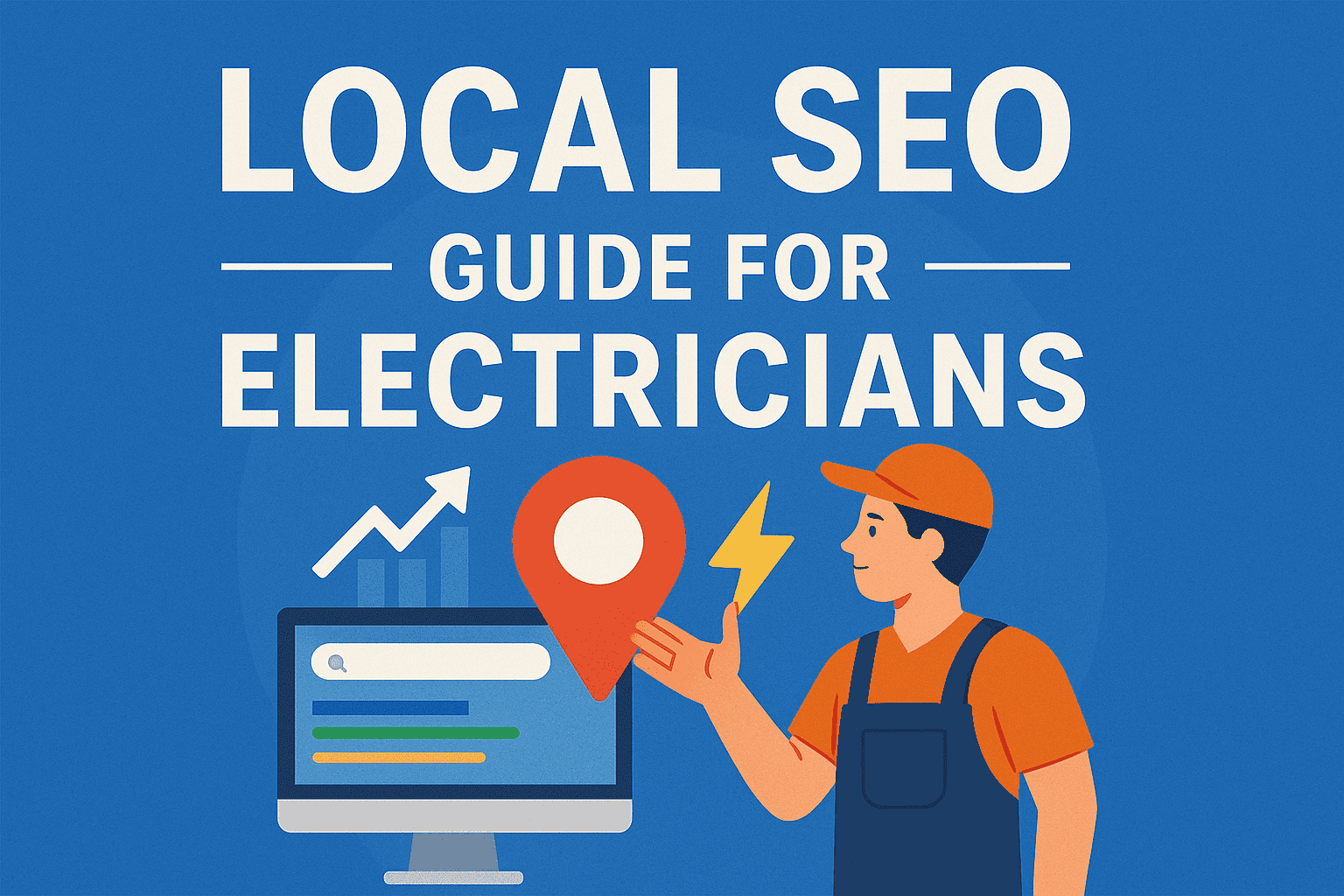
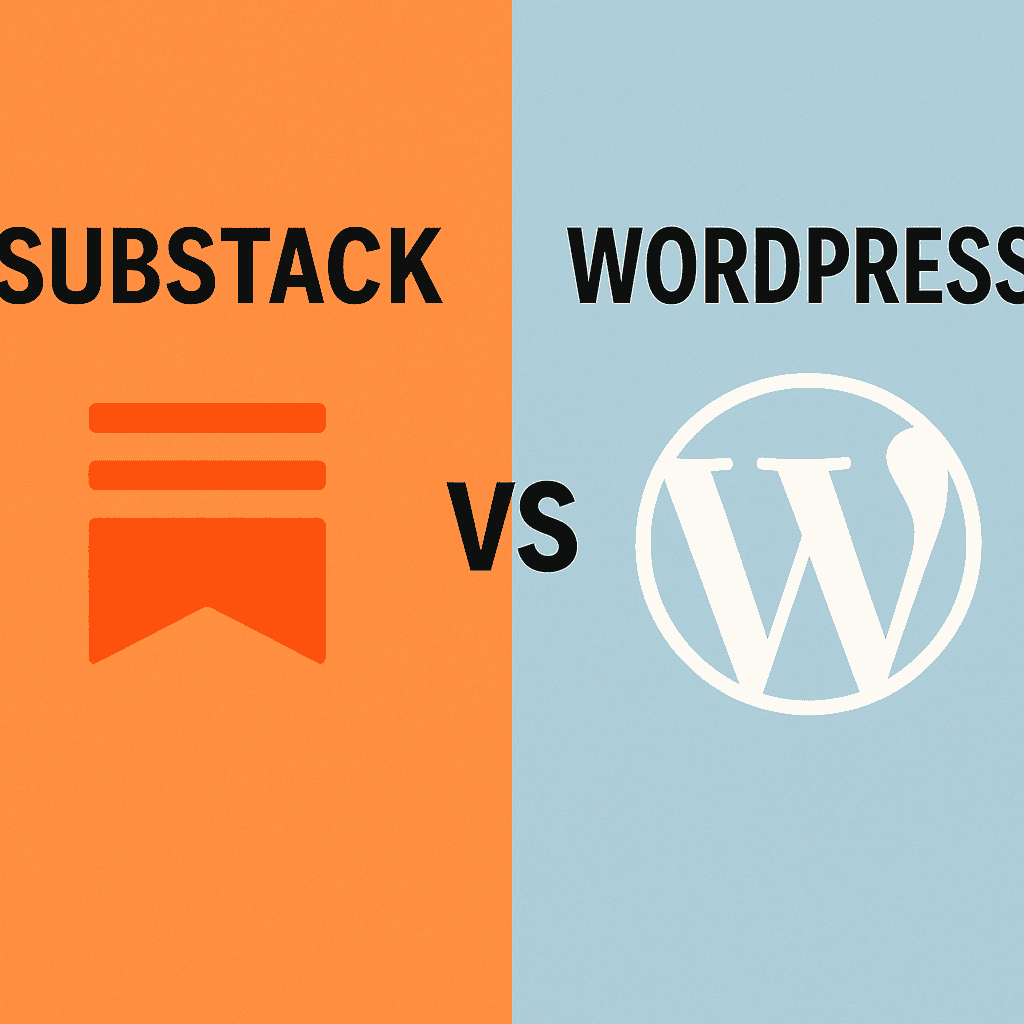

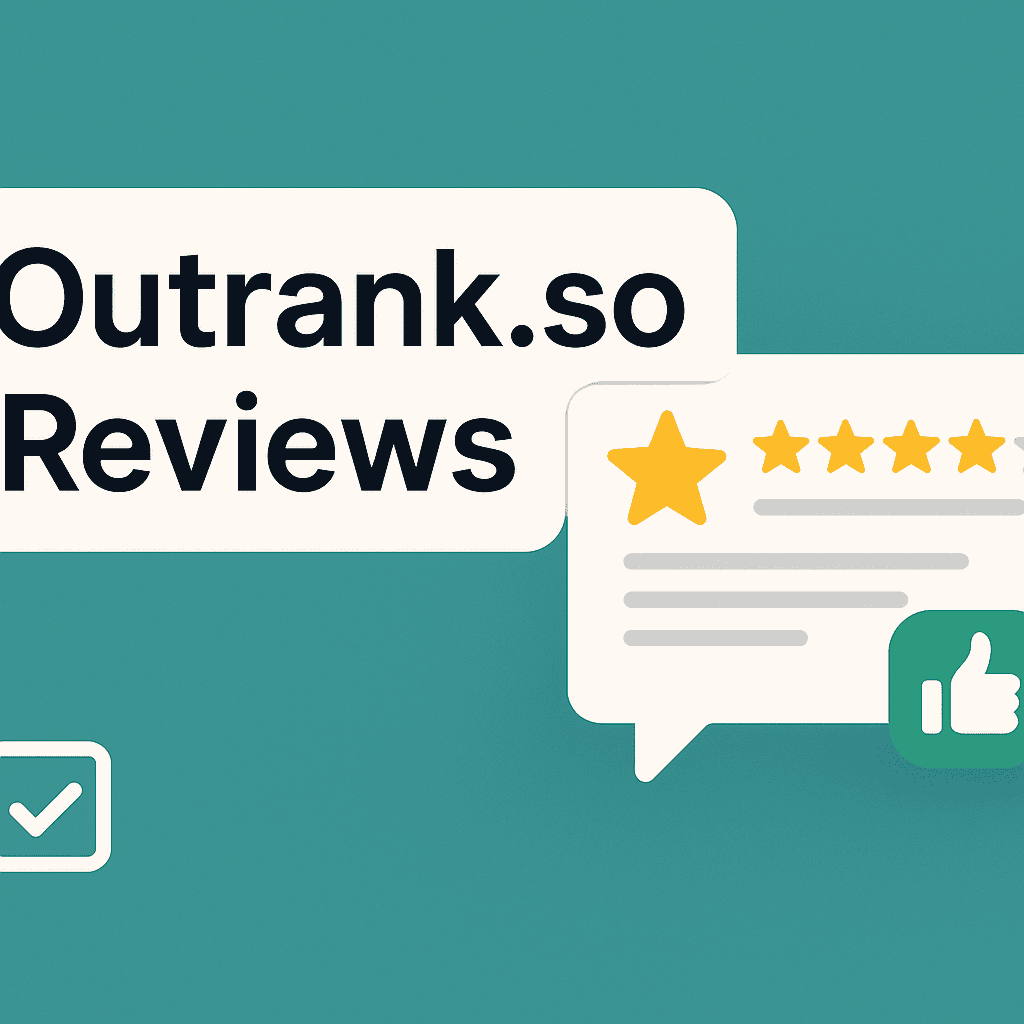


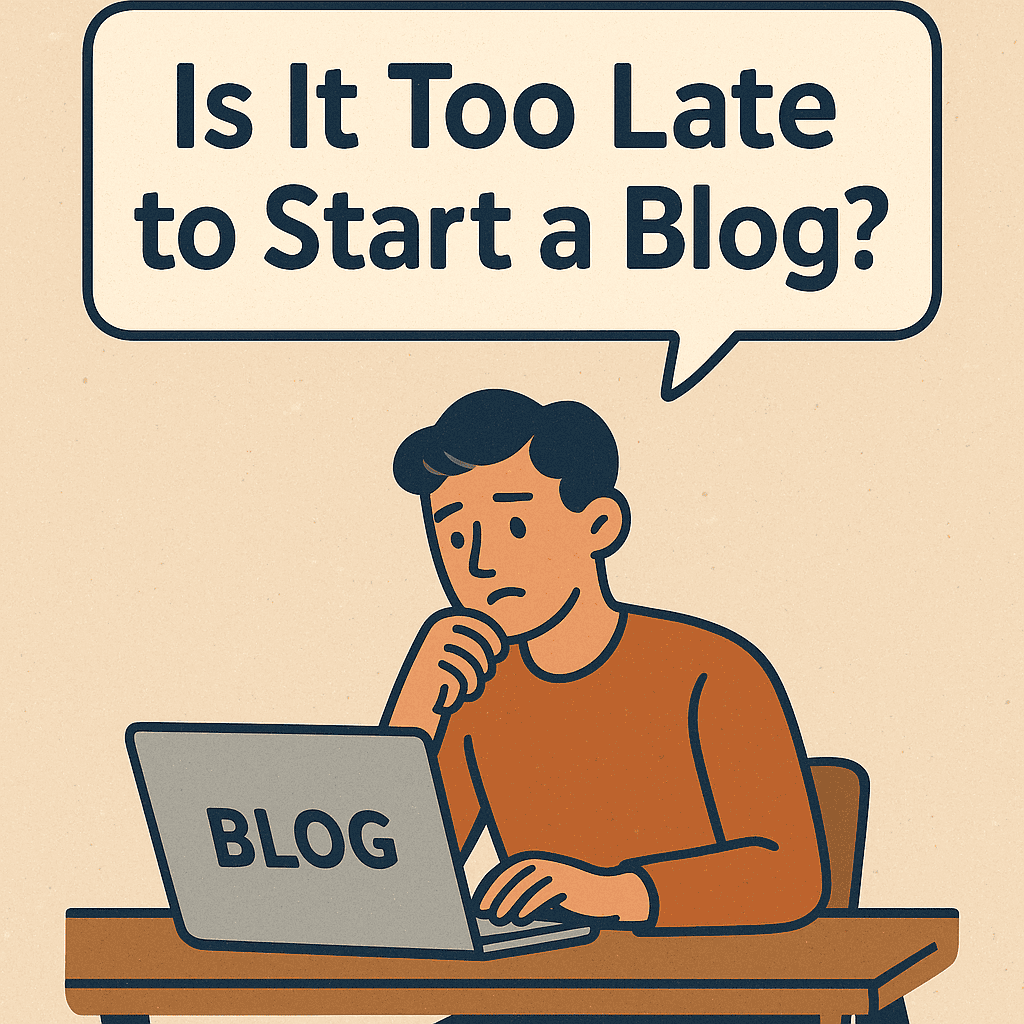
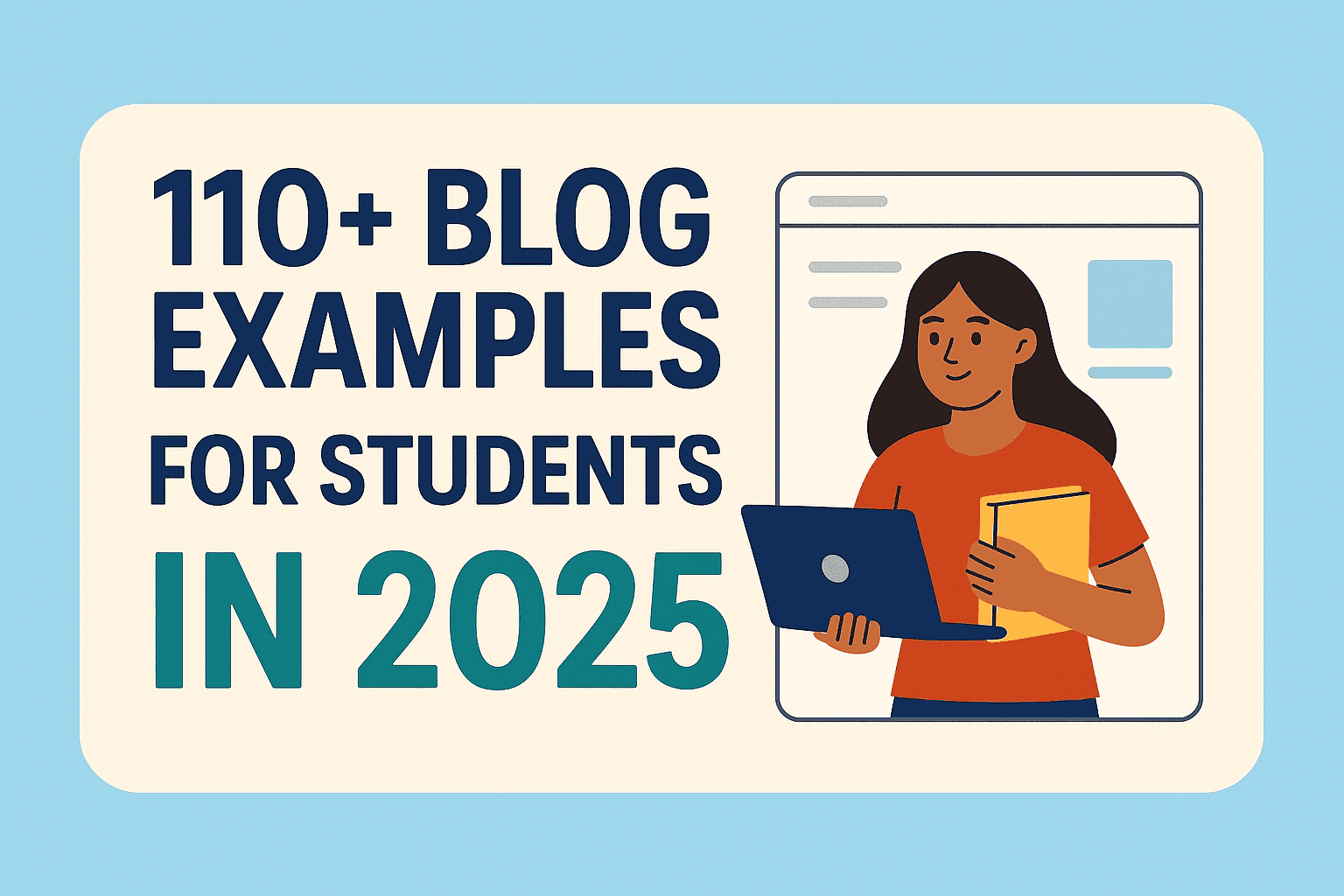

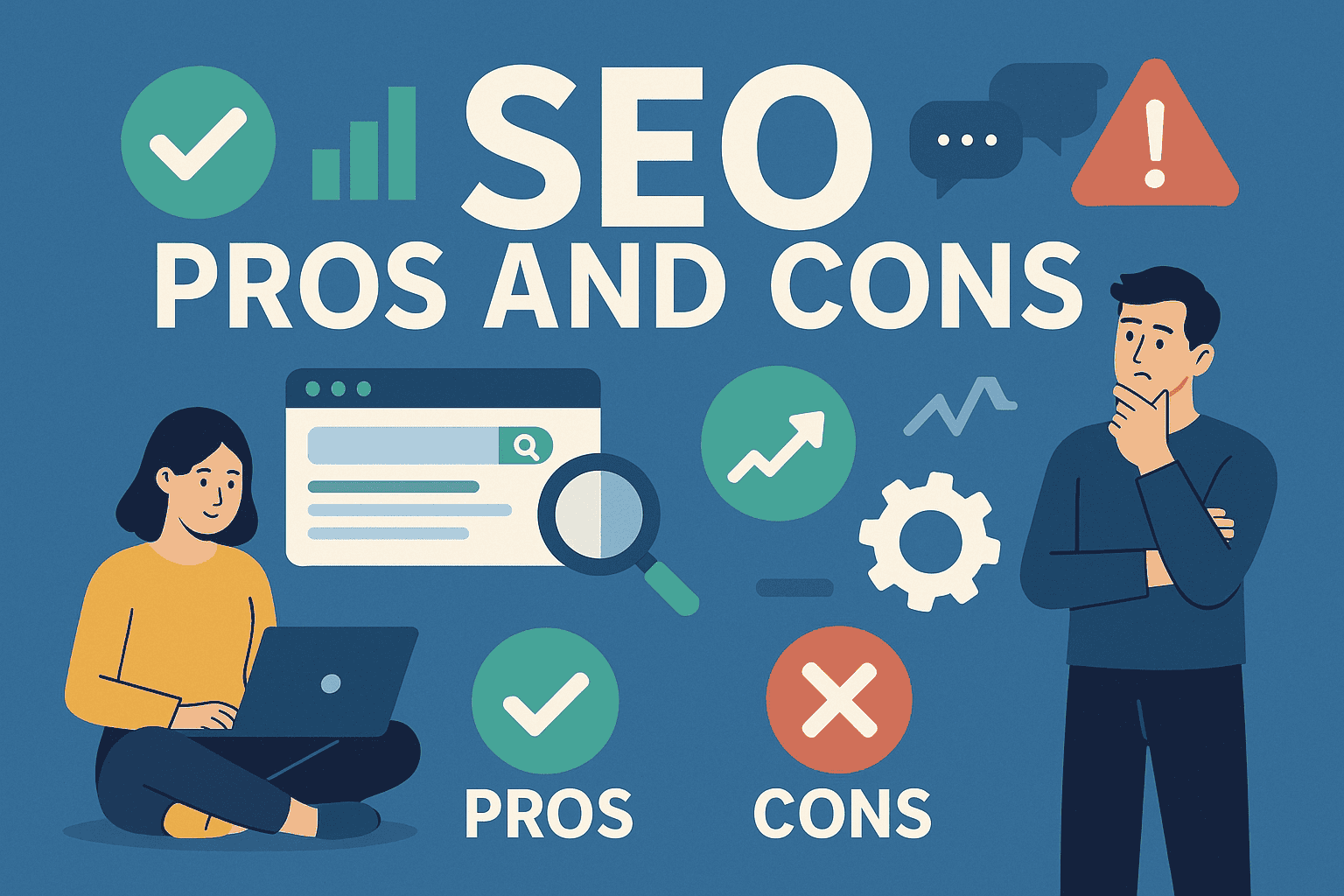



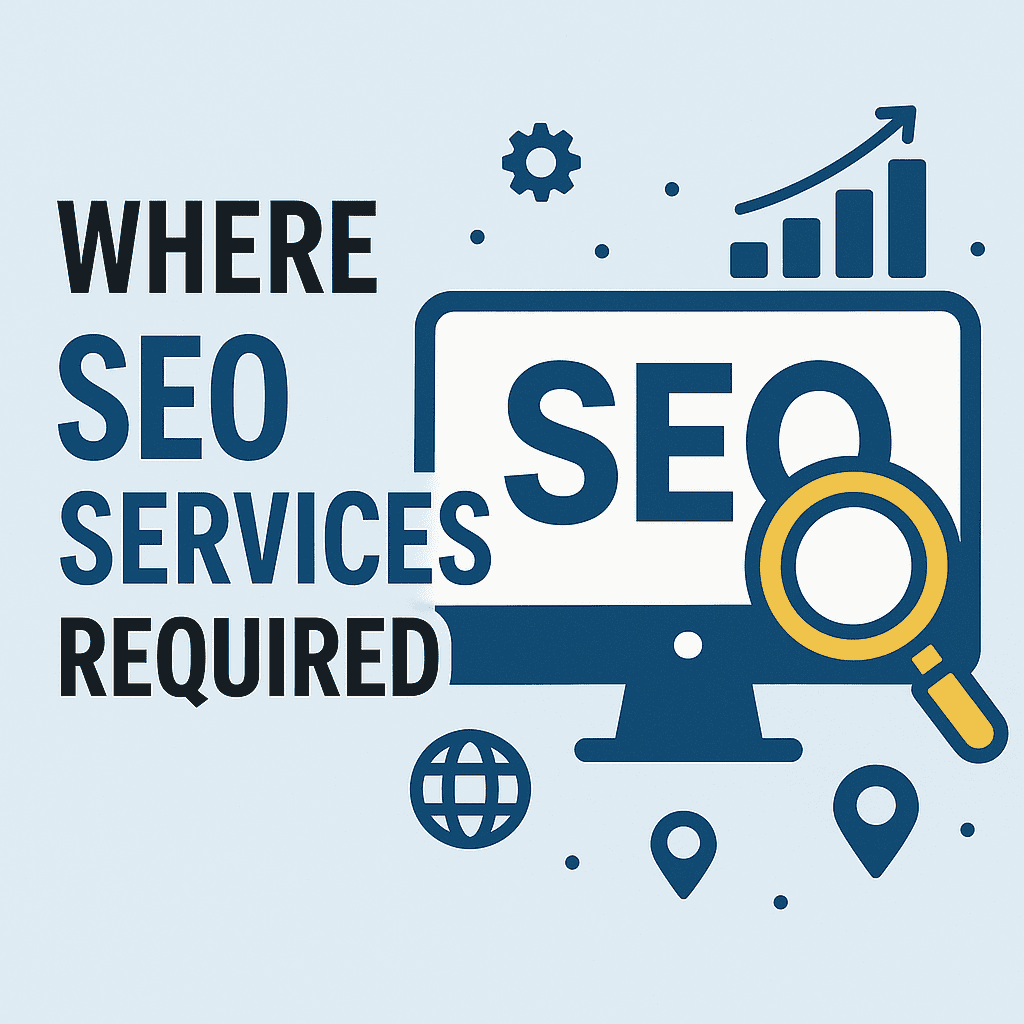

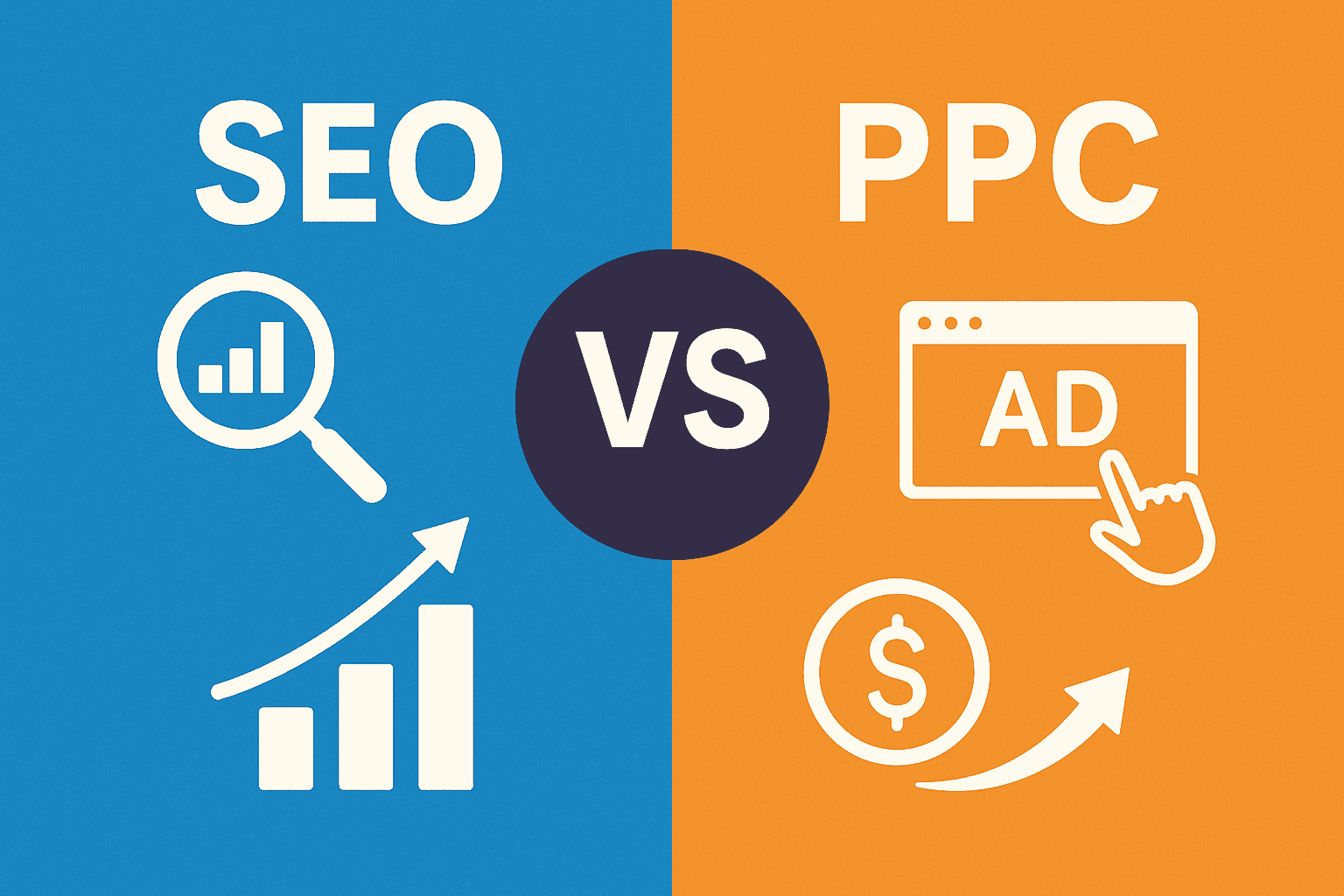

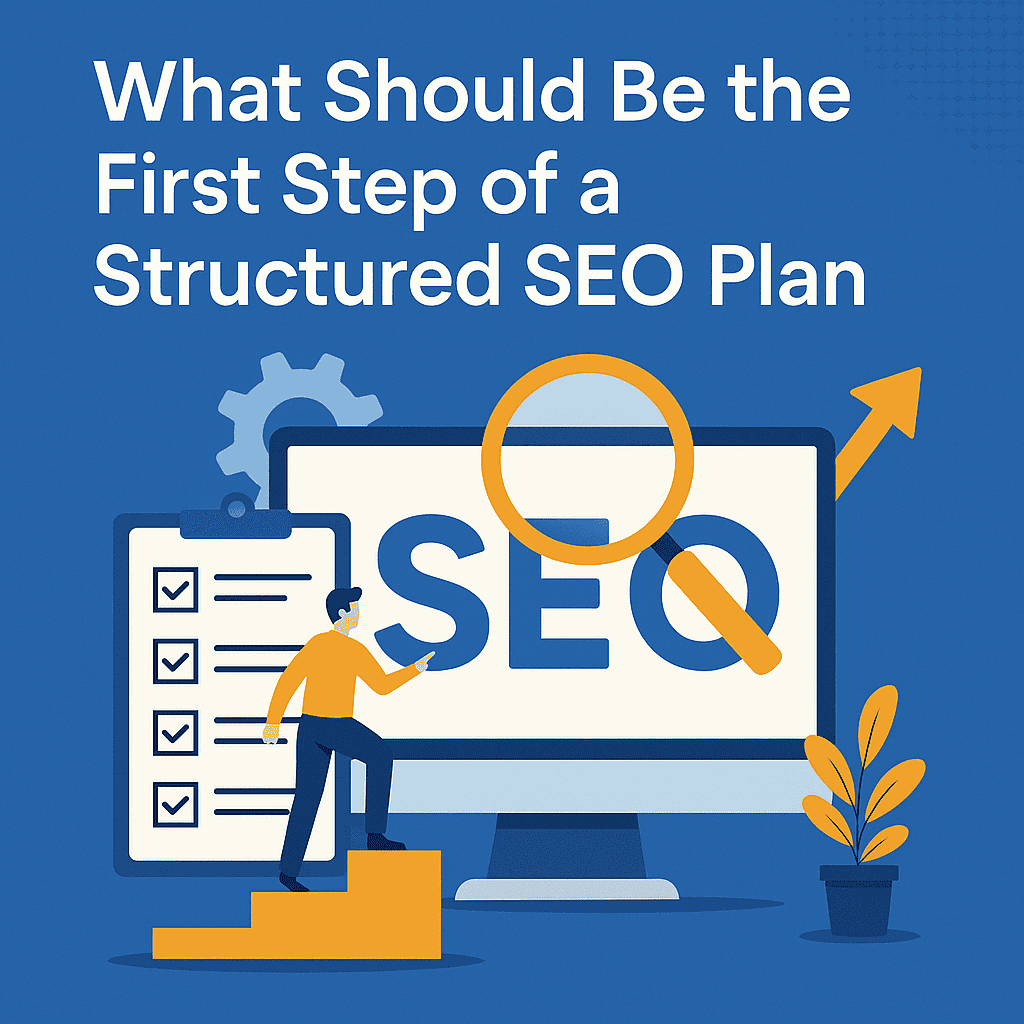



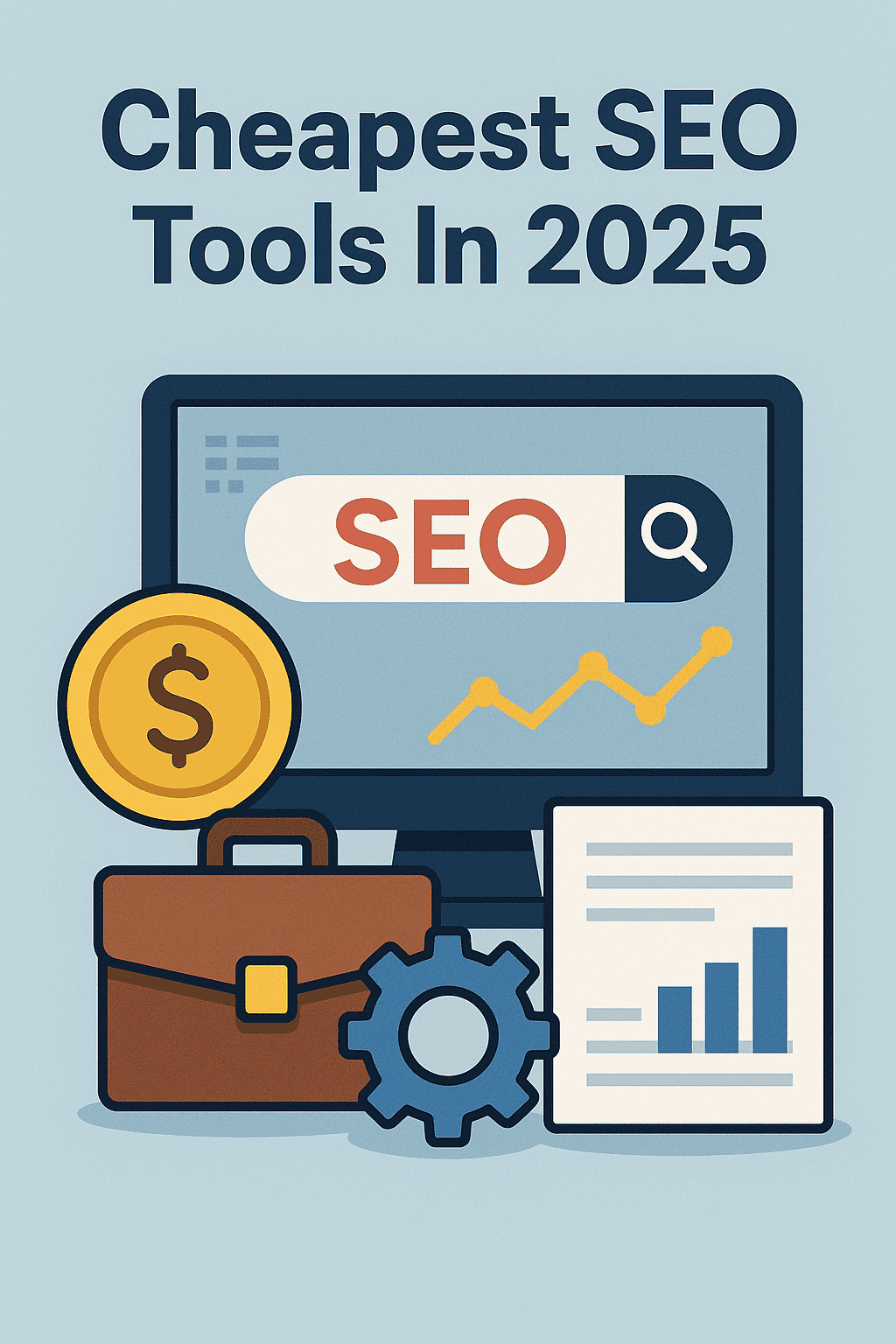
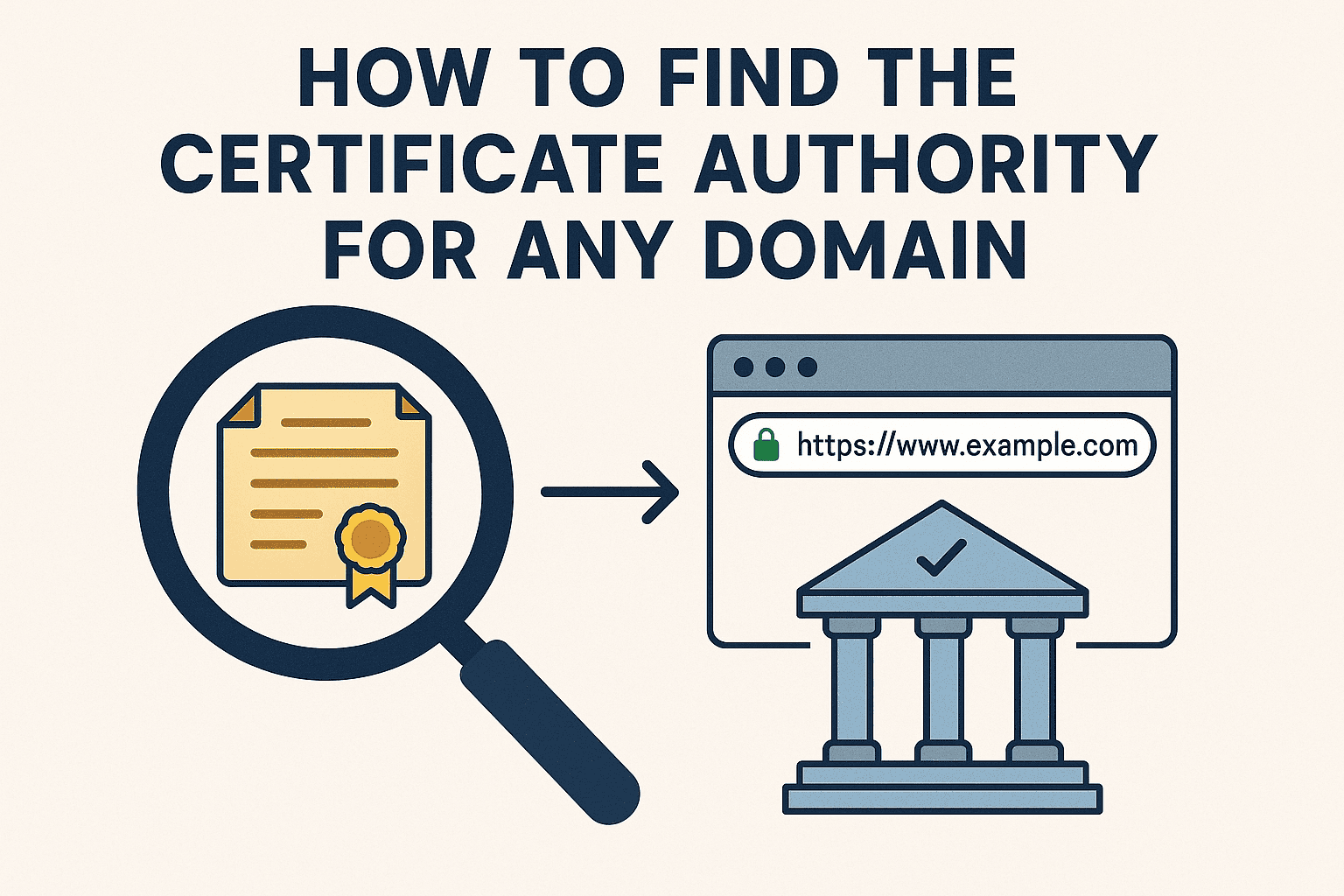
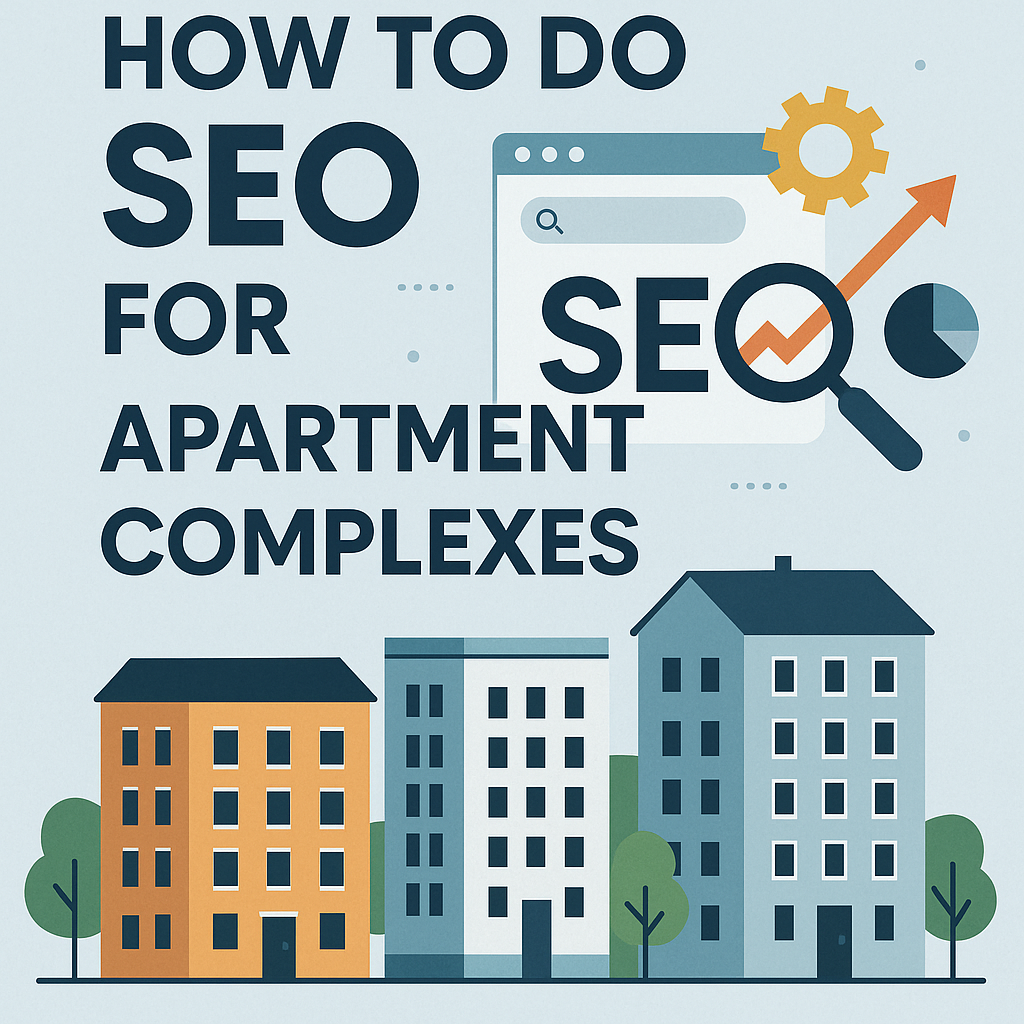
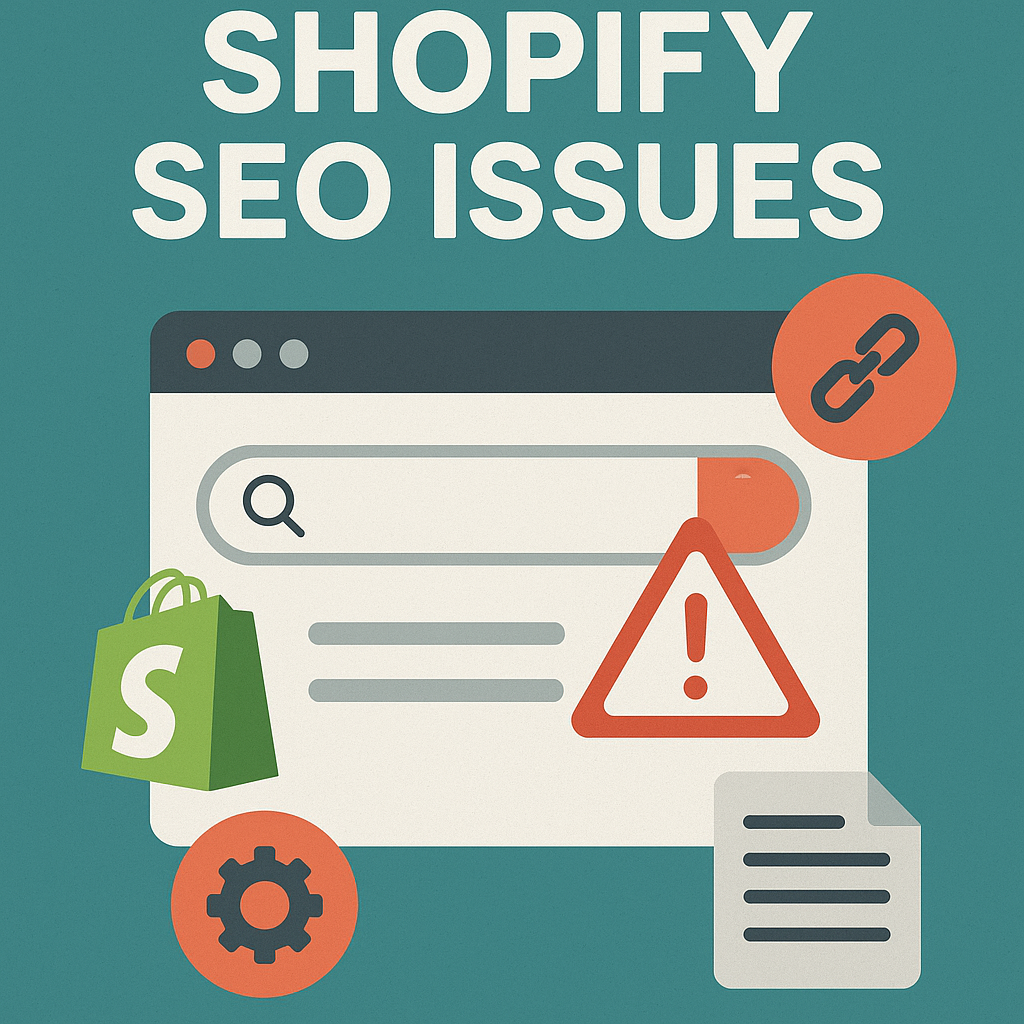



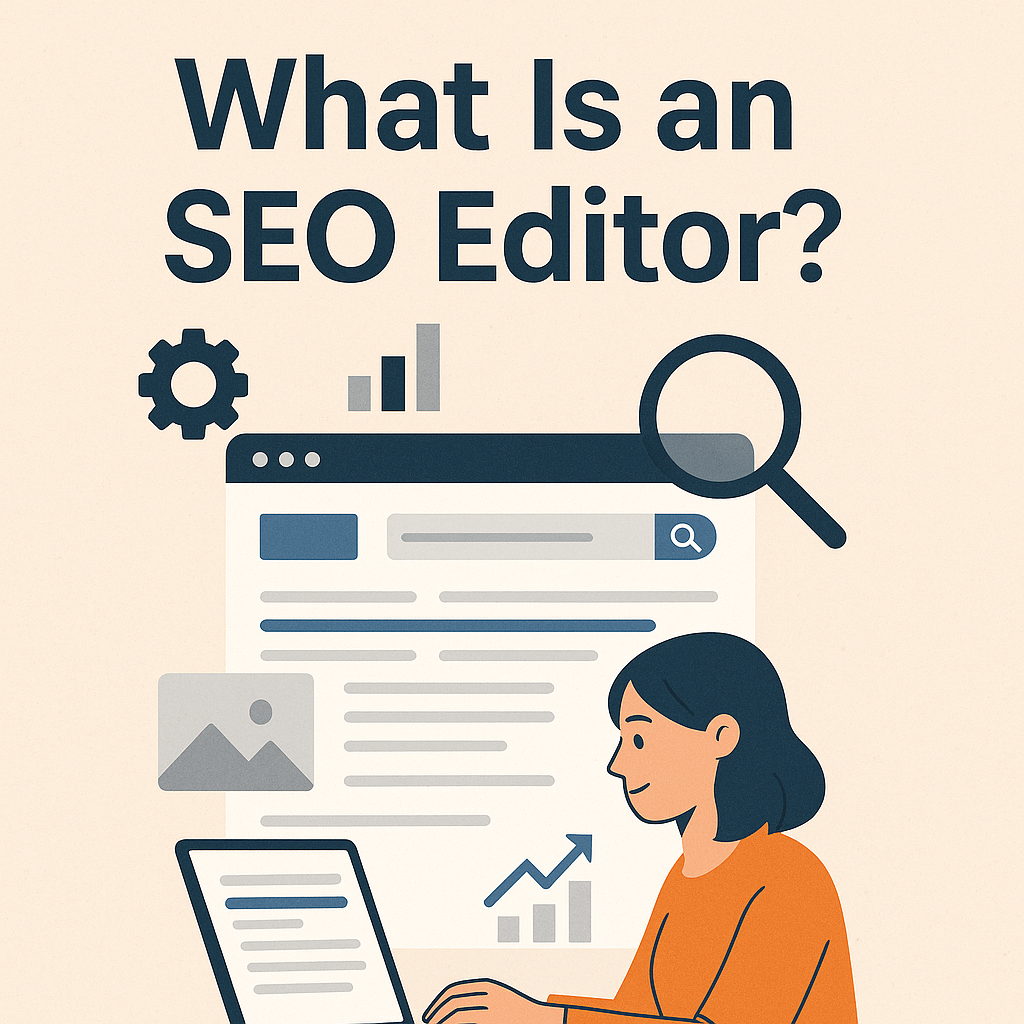
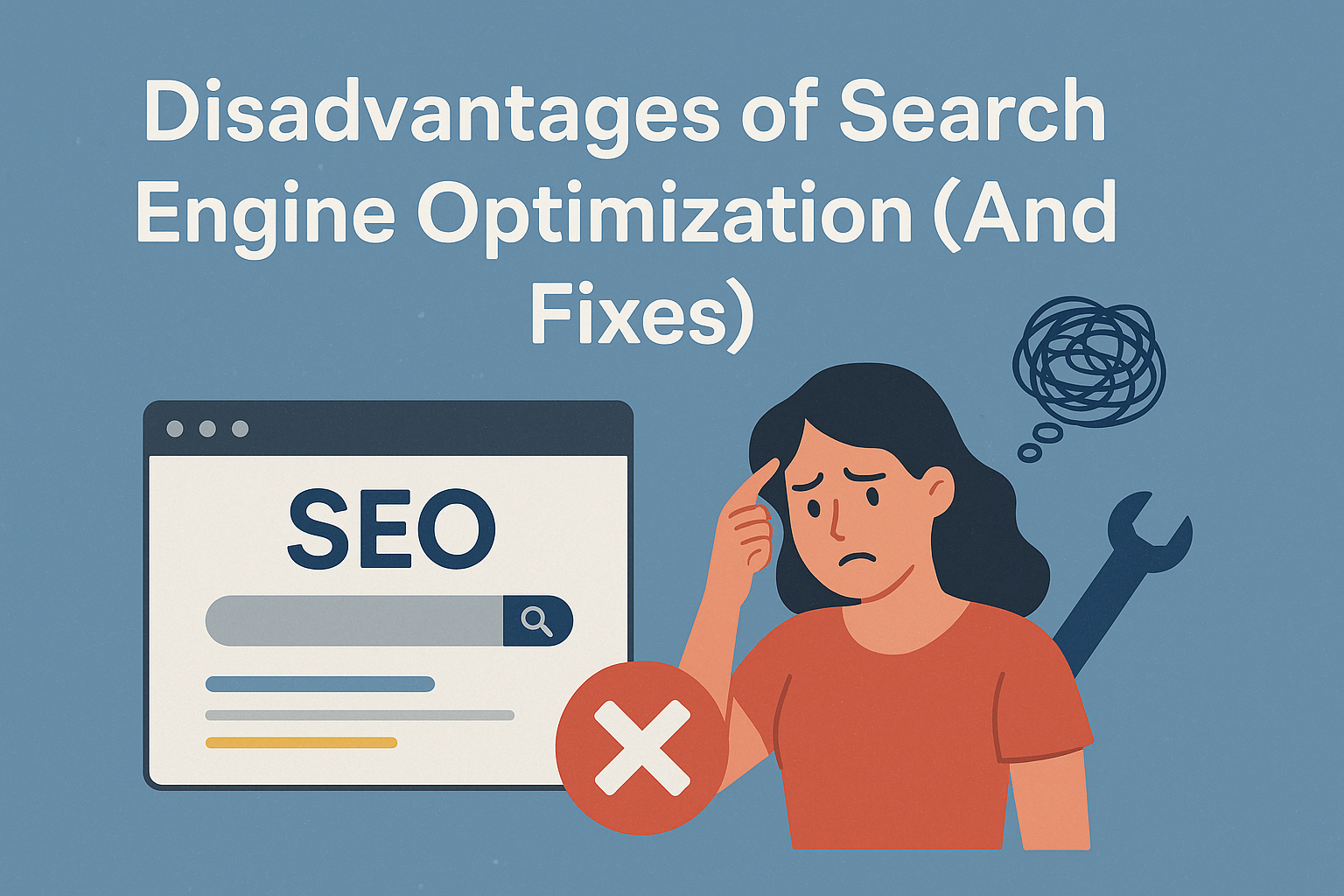

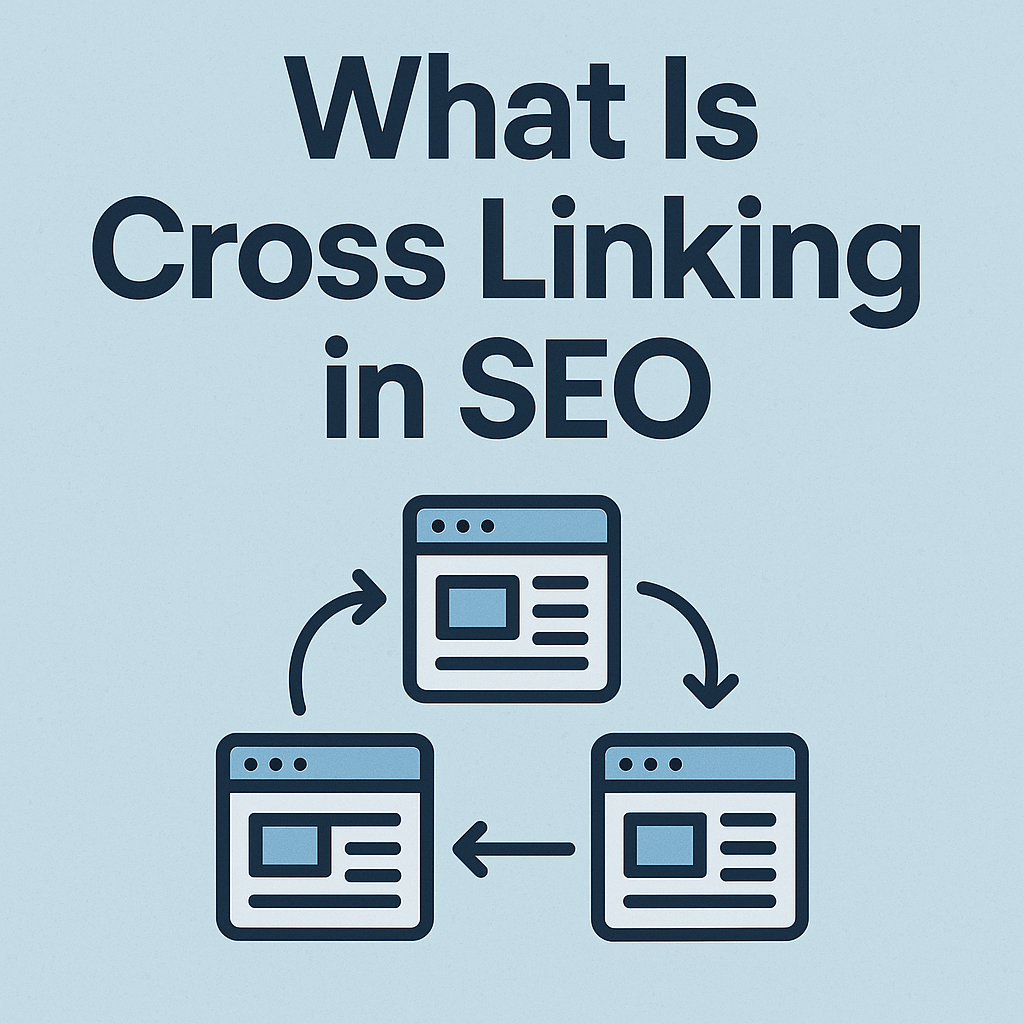

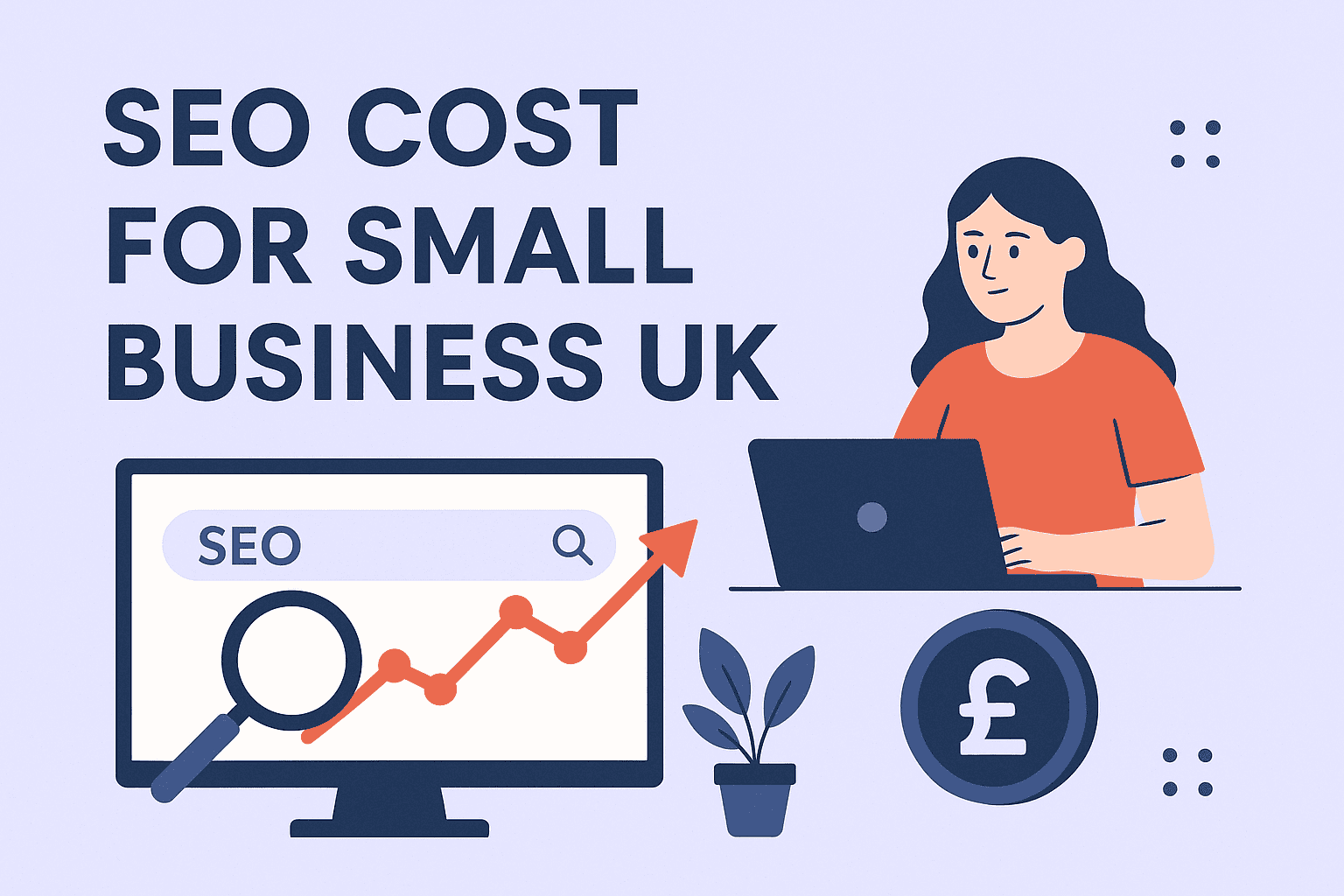

![How Many Outbound Links Per Blog [2025 Updated]](https://backlinkmanagement.io/wp-content/uploads/2025/06/How-Many-Outbound-Links-Per-Blog.png)
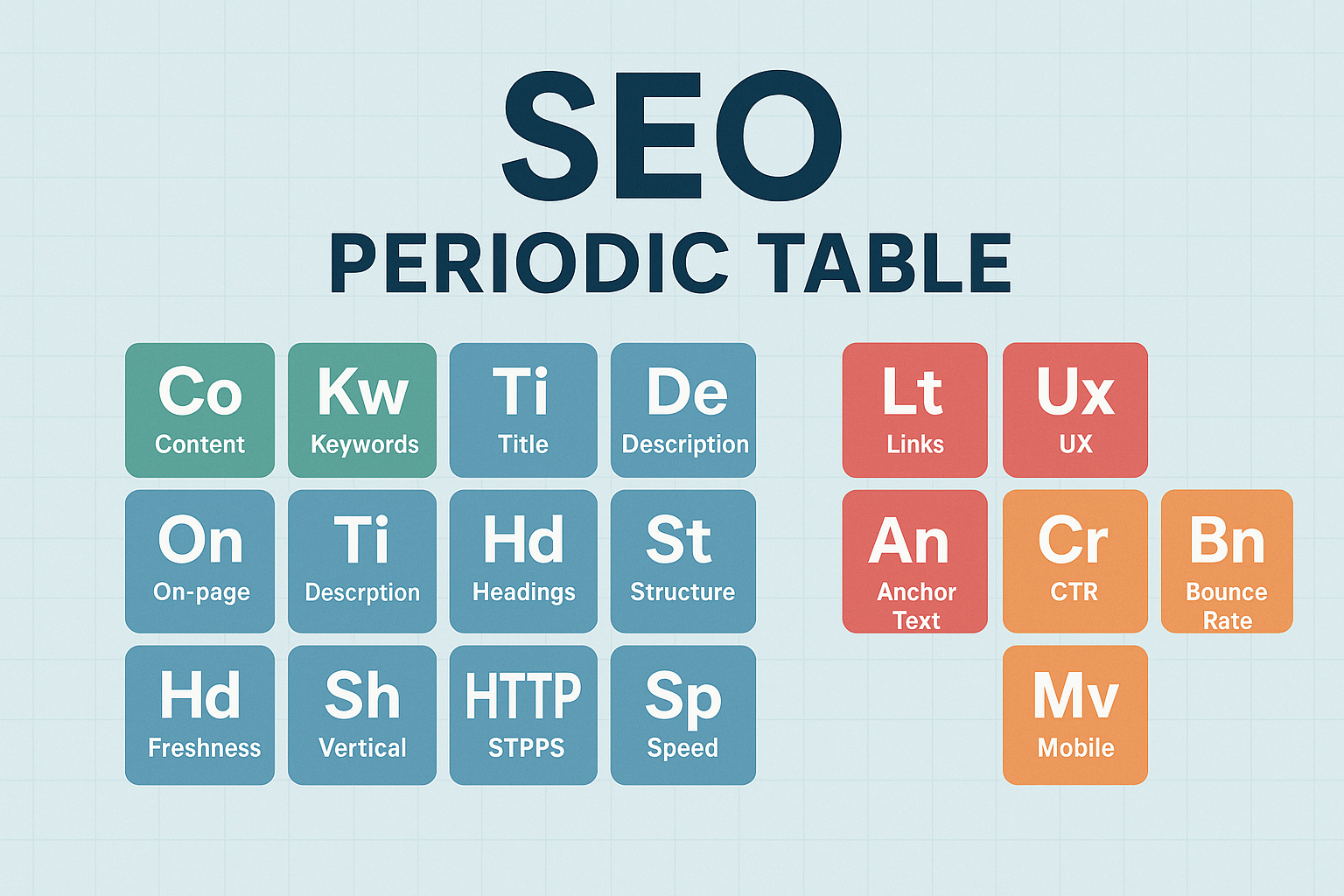

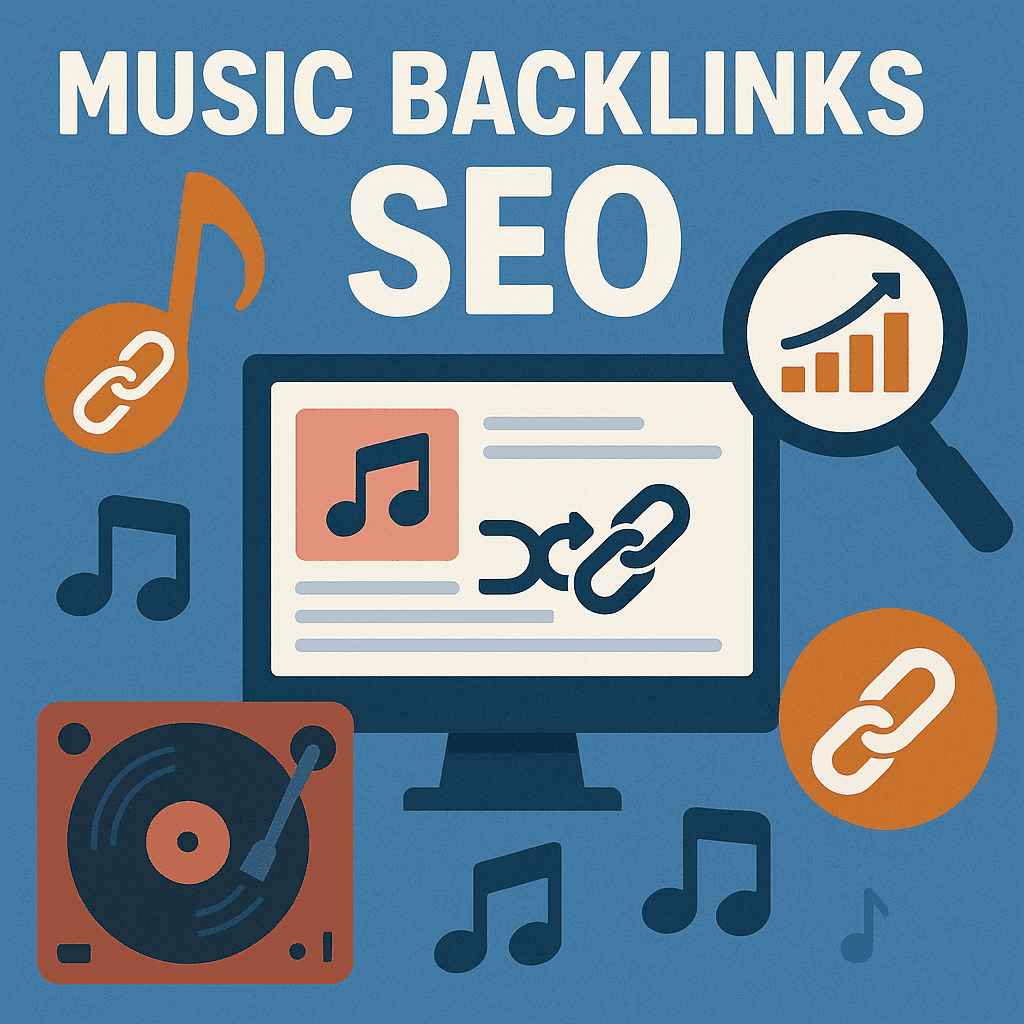
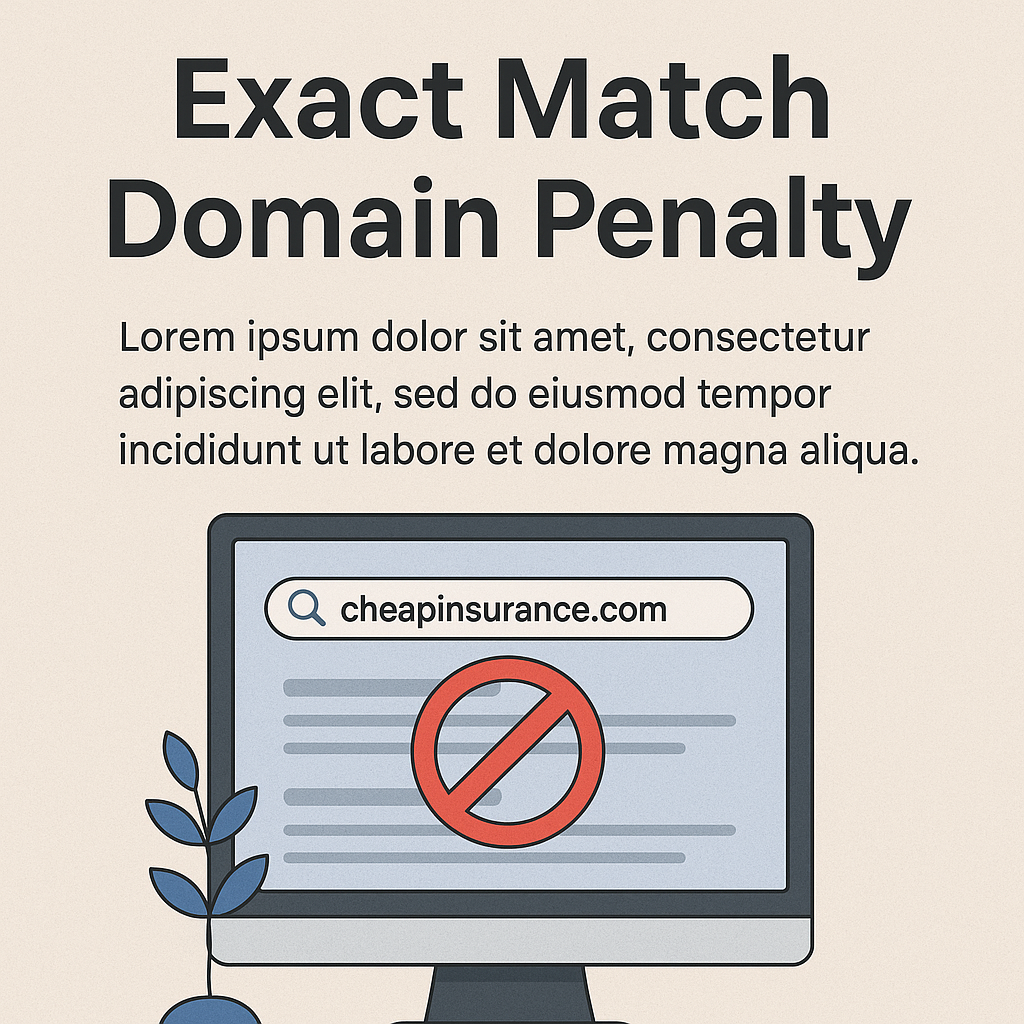
![B2B and B2C Website Examples [2025 Updated]](https://backlinkmanagement.io/wp-content/uploads/2025/05/B2B-and-B2C-Website-Example-.png)
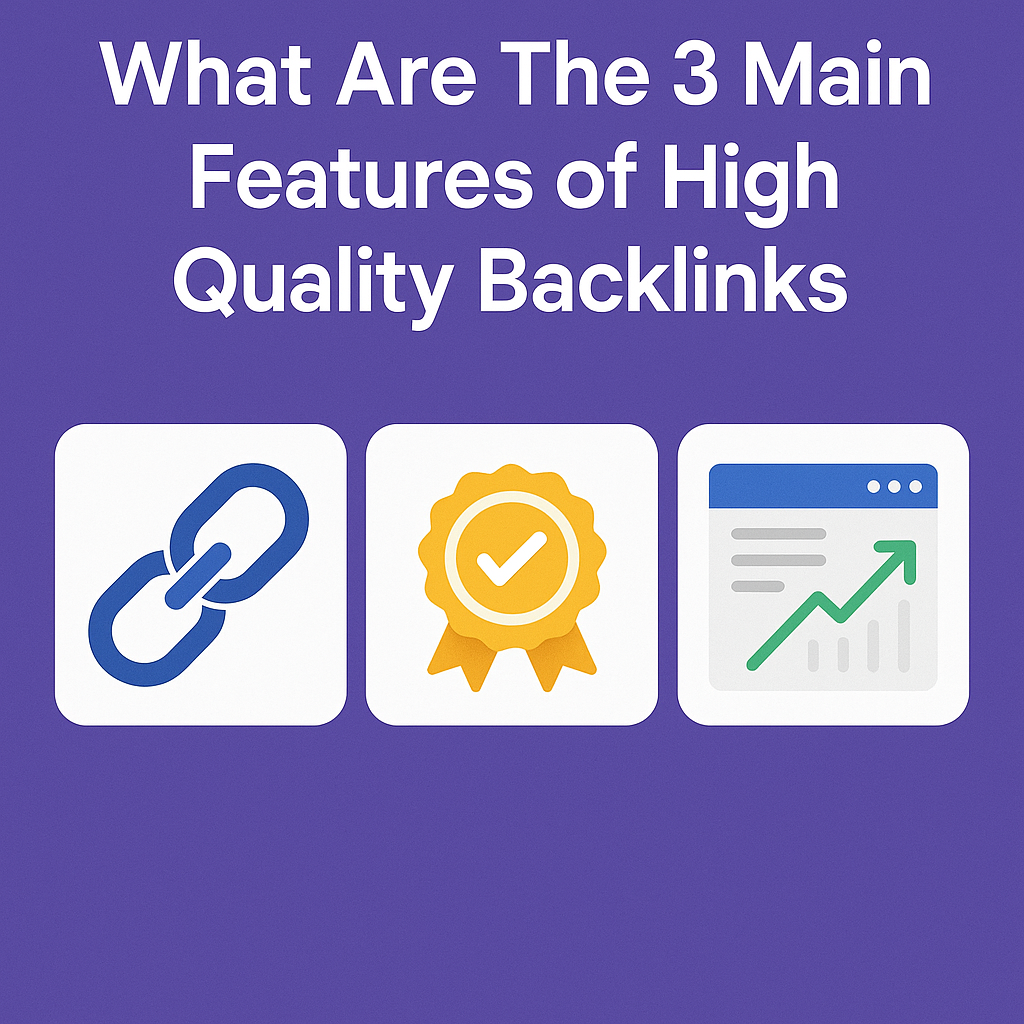
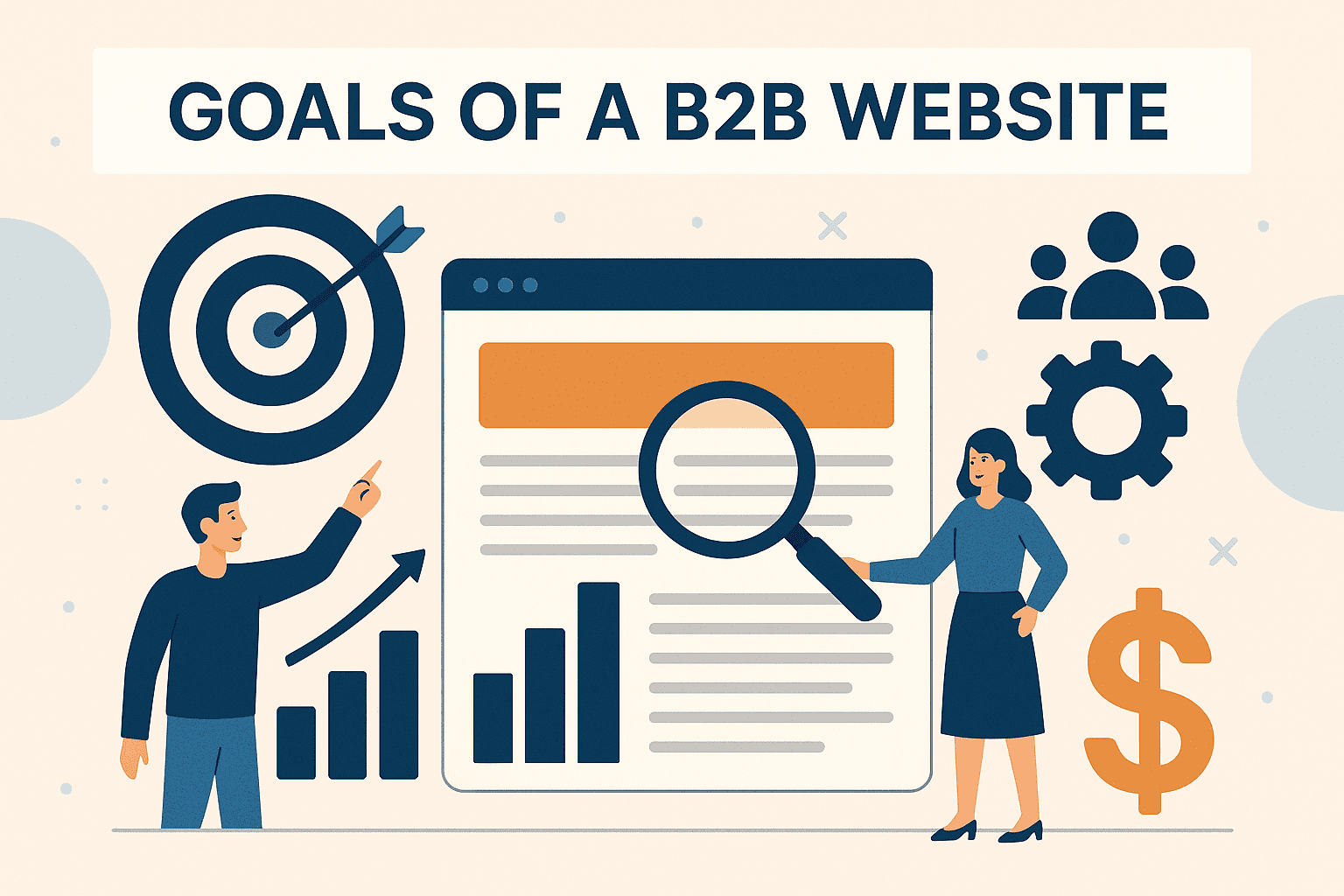

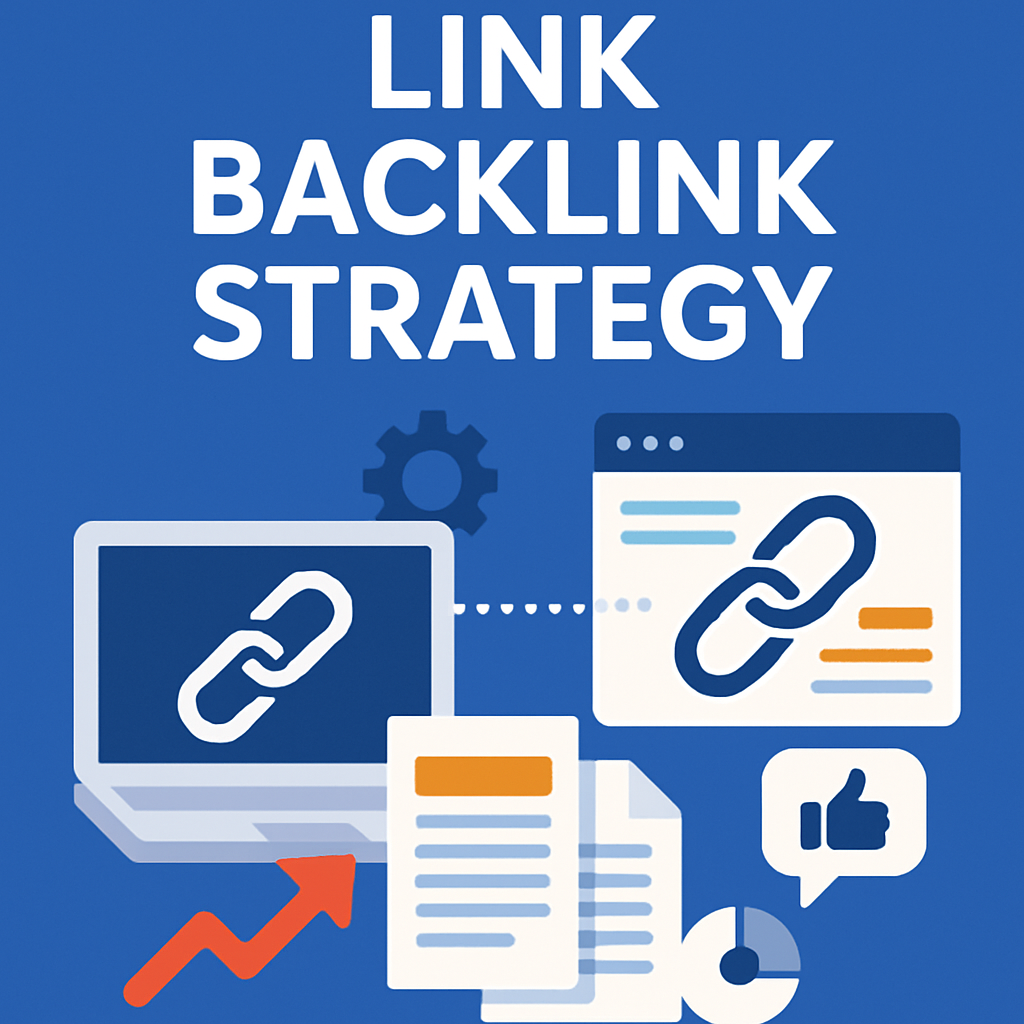
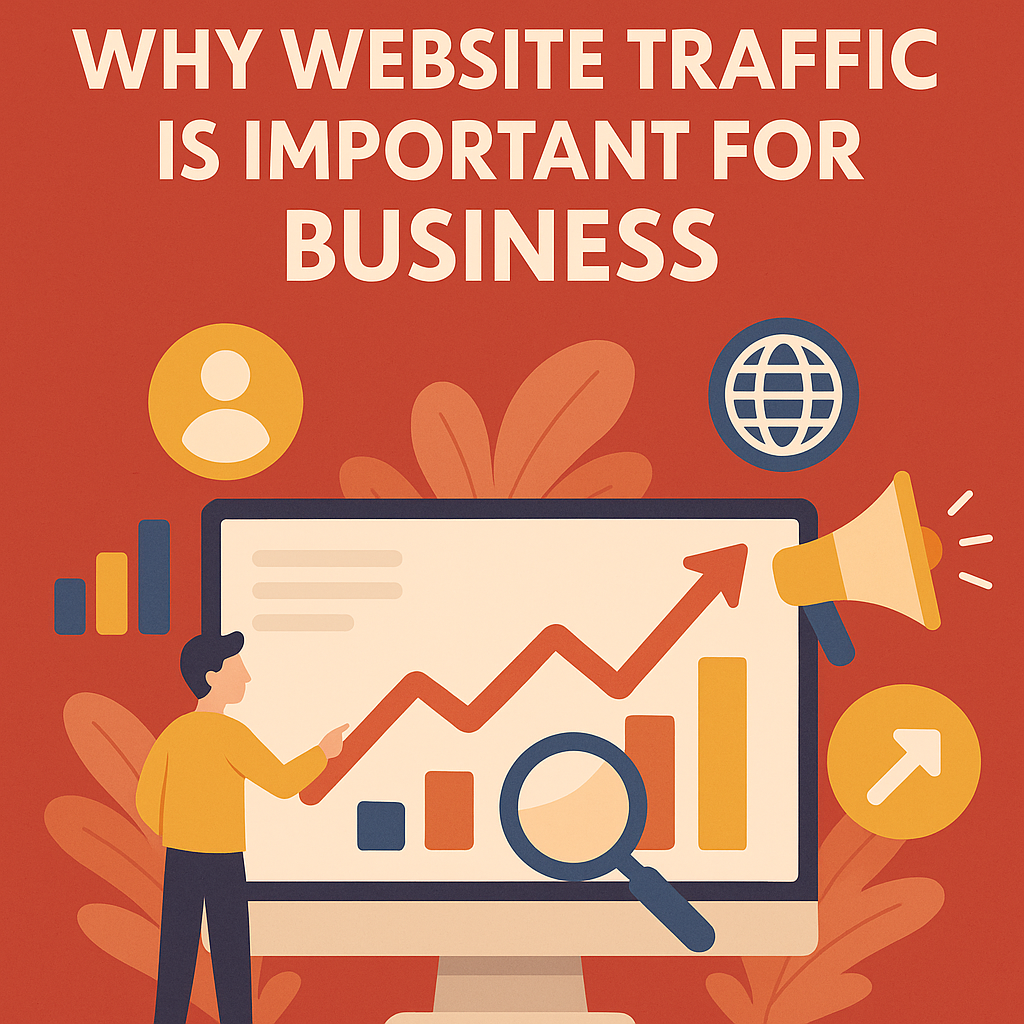
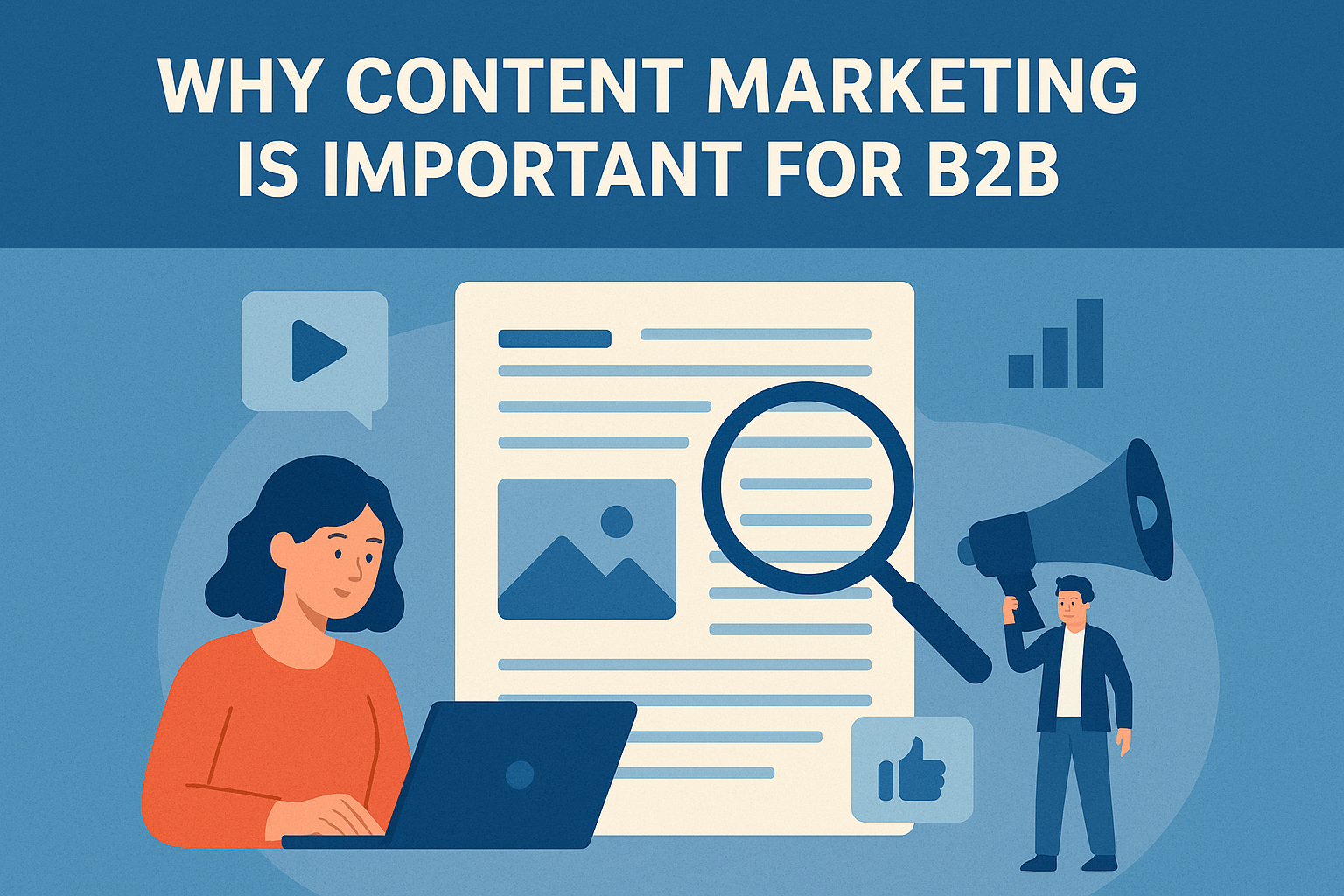
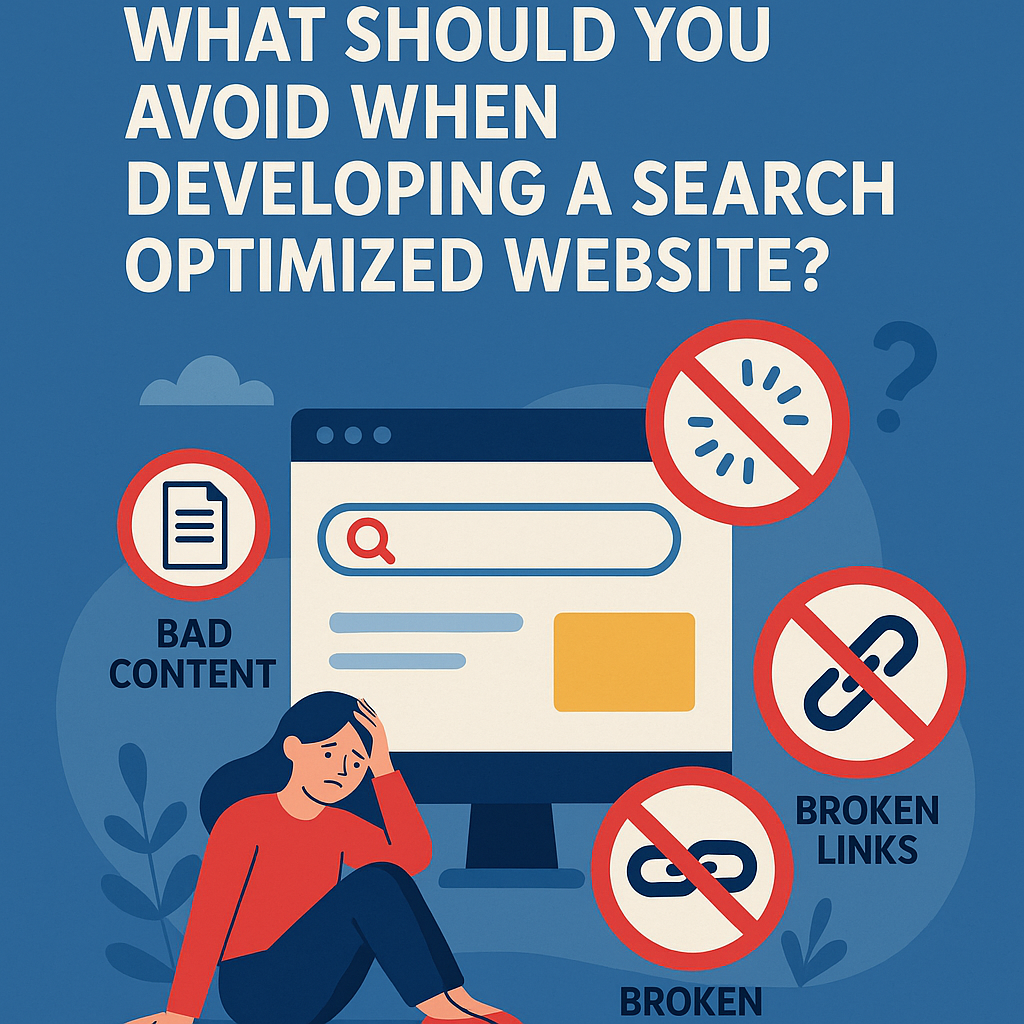


![What To Do After Keyword Research [2025 Guide]](https://backlinkmanagement.io/wp-content/uploads/2025/05/What-To-Do-After-Keyword-Research.png)
![Is Page Speed Really A Ranking Factor? [2025]](https://backlinkmanagement.io/wp-content/uploads/2025/05/Is-Page-Speed-Really-A-Ranking-Factor.png)
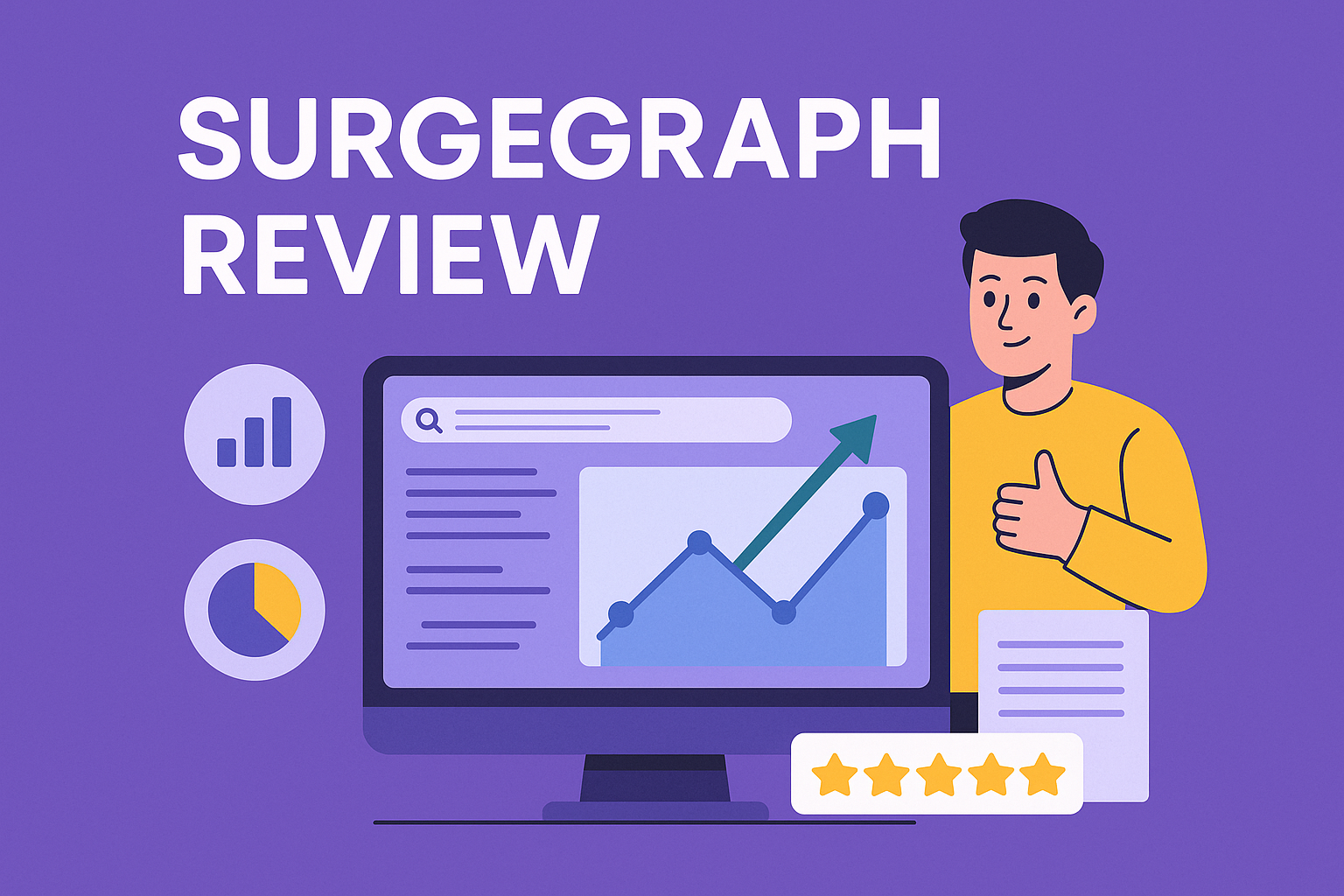
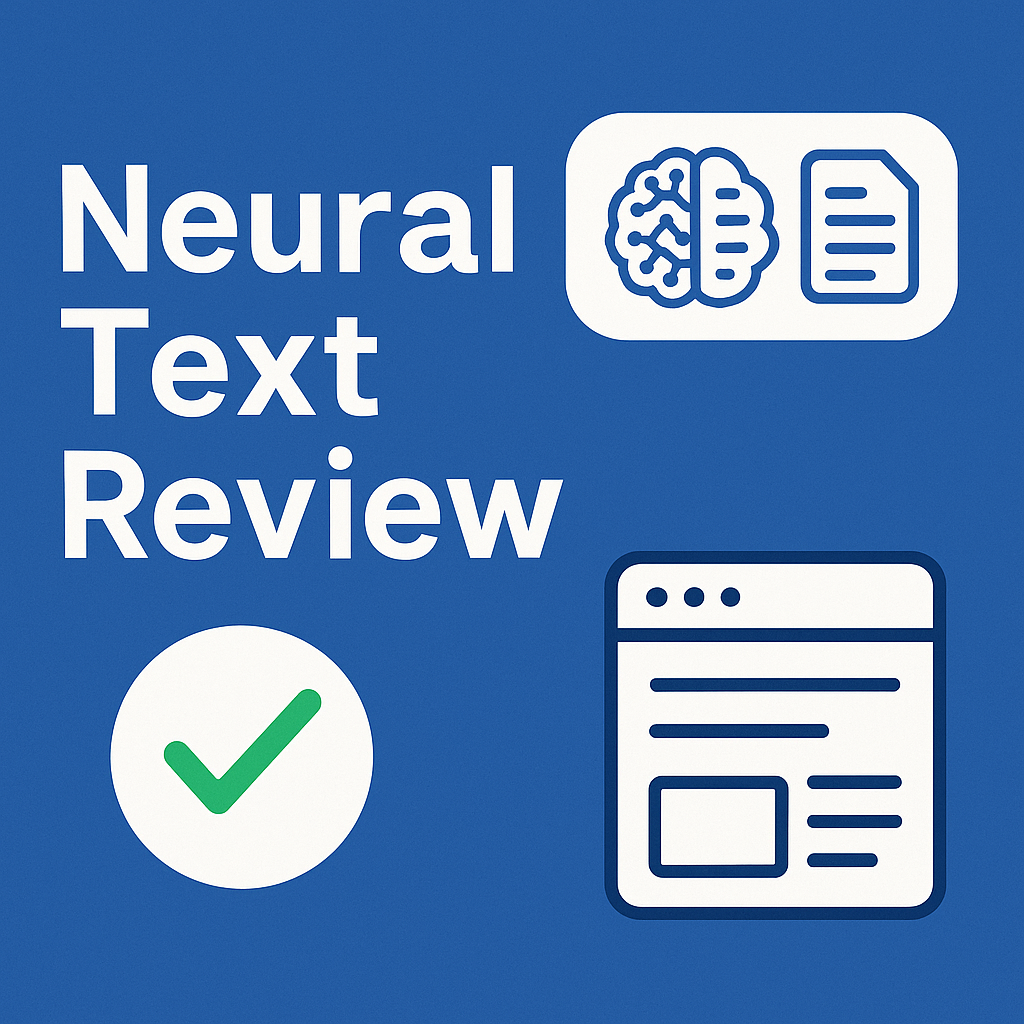






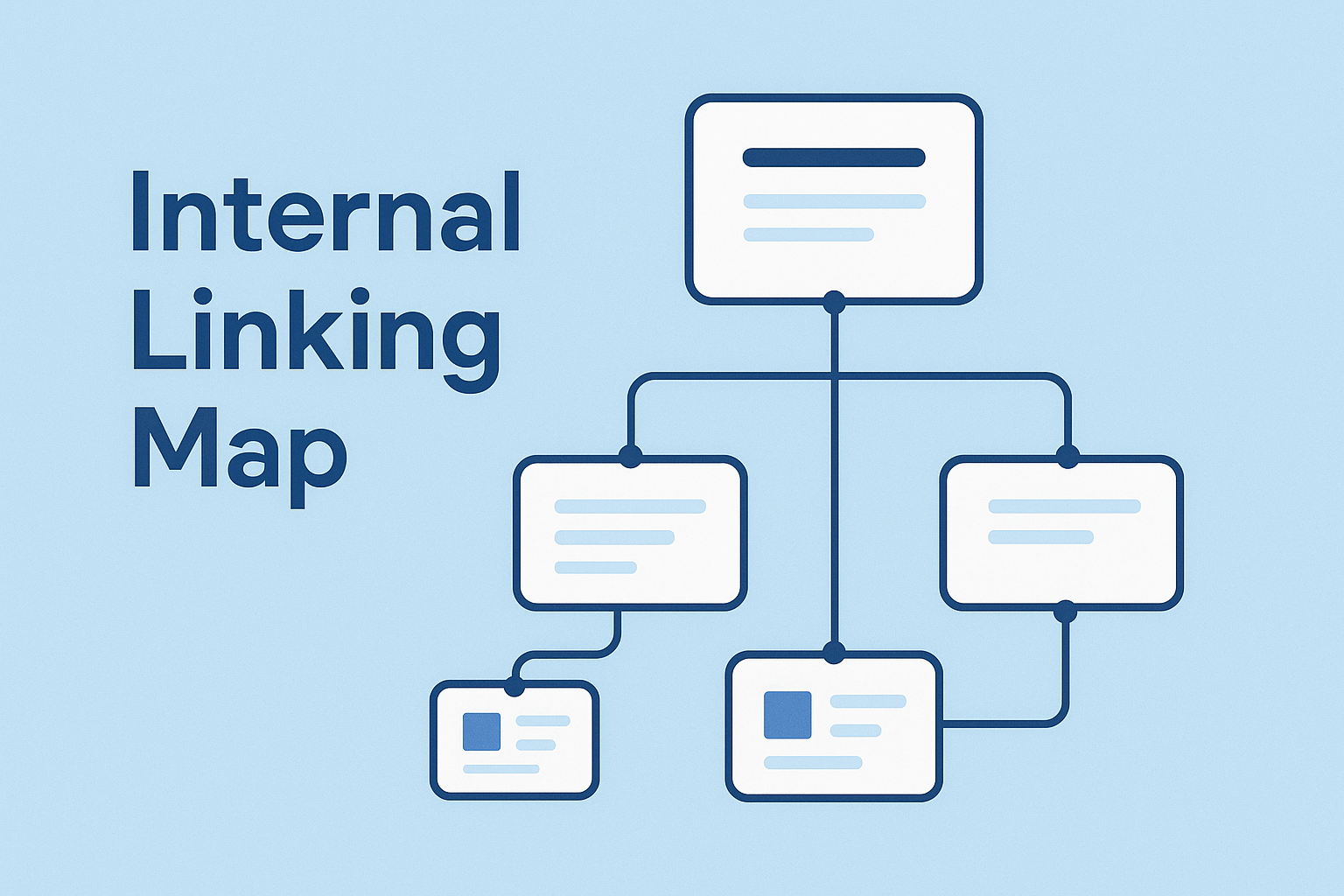
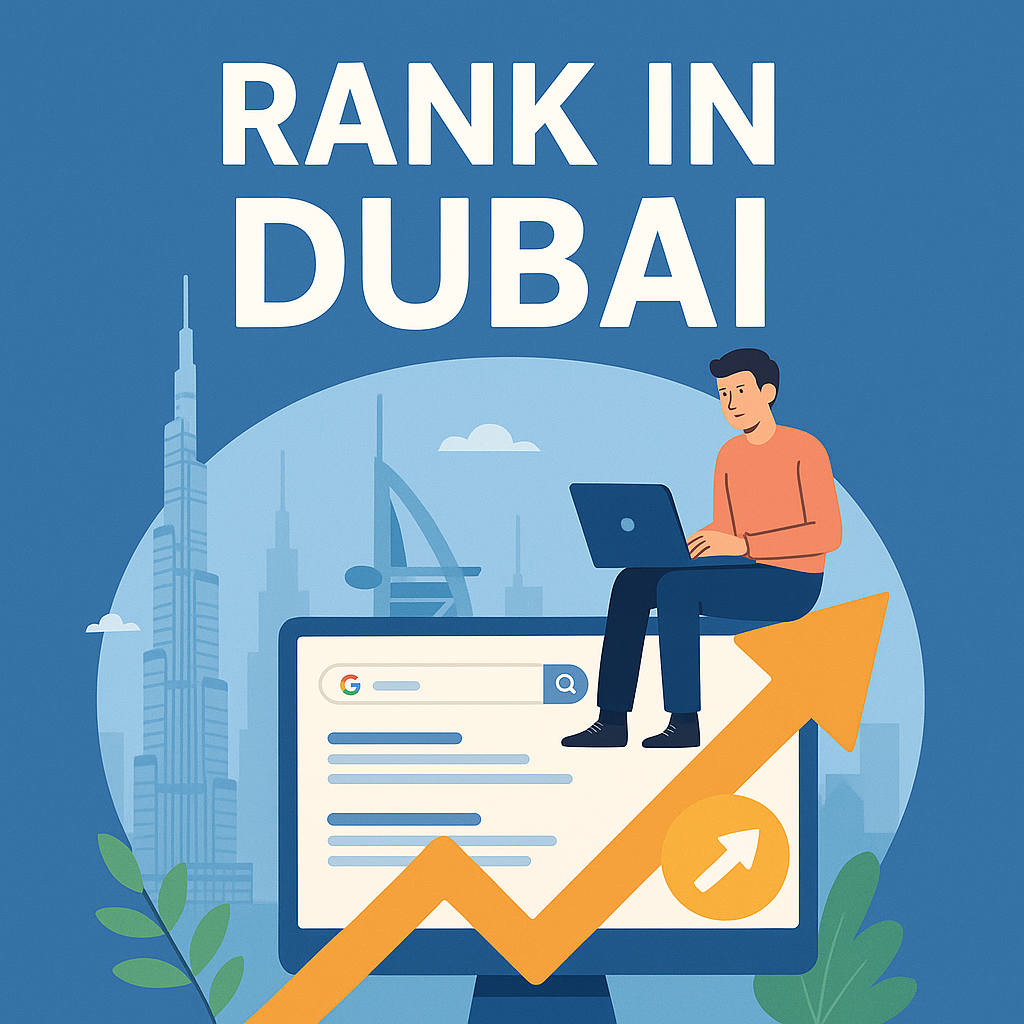
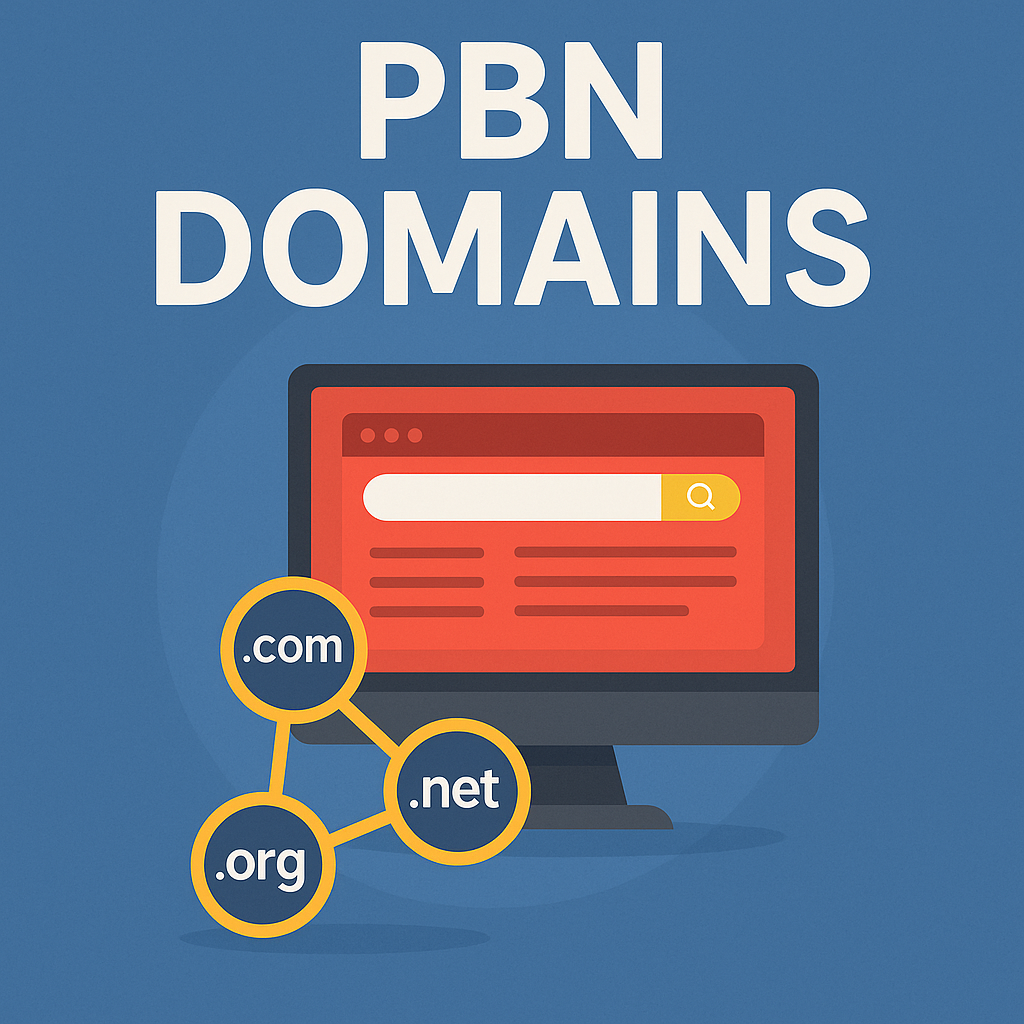
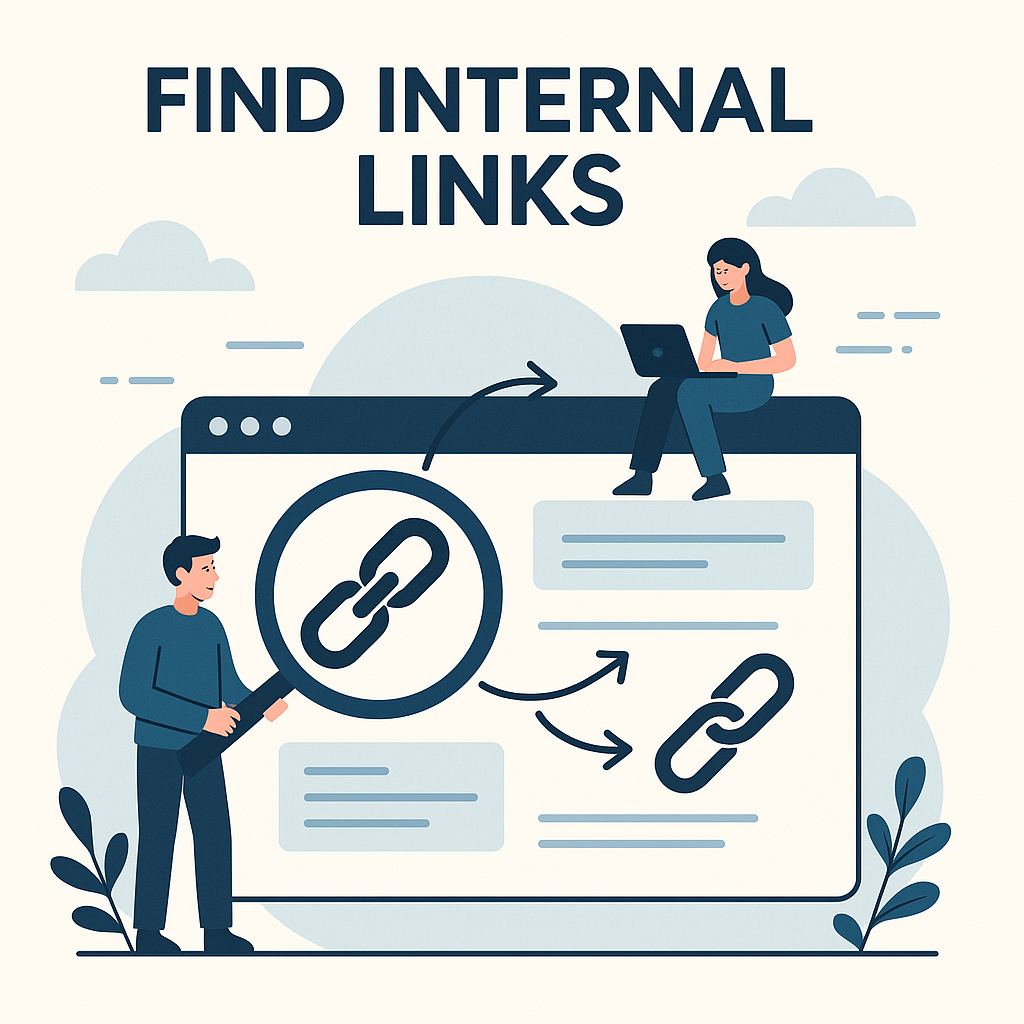
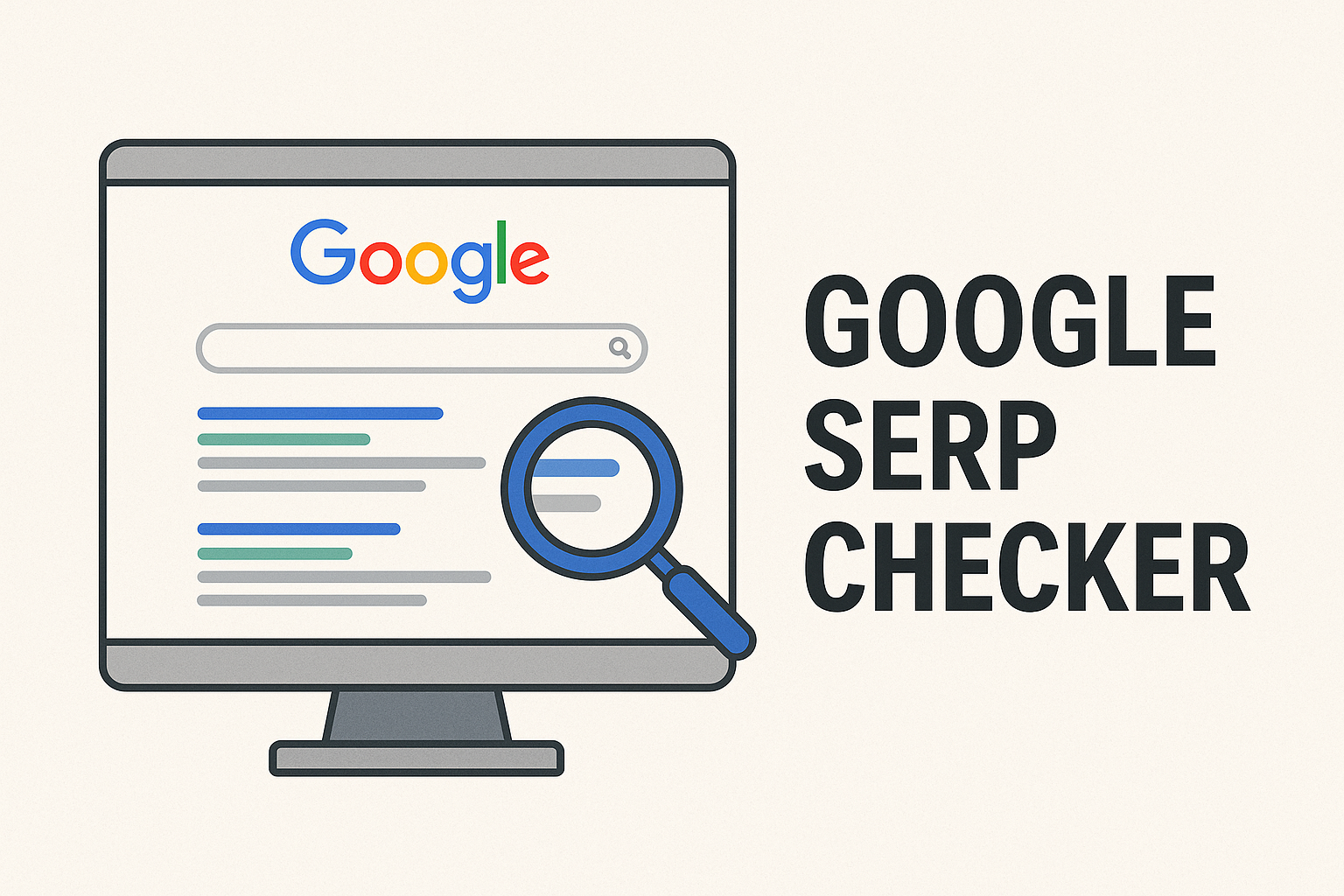
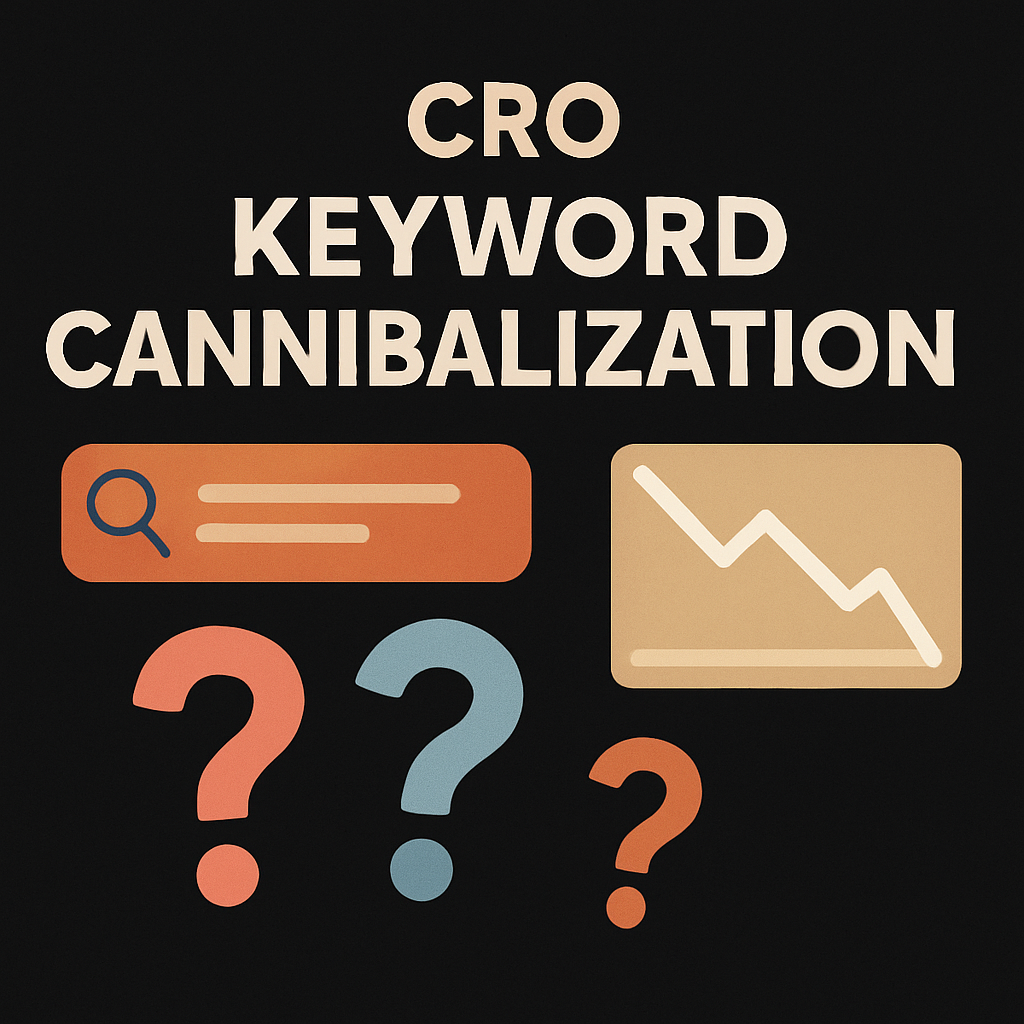


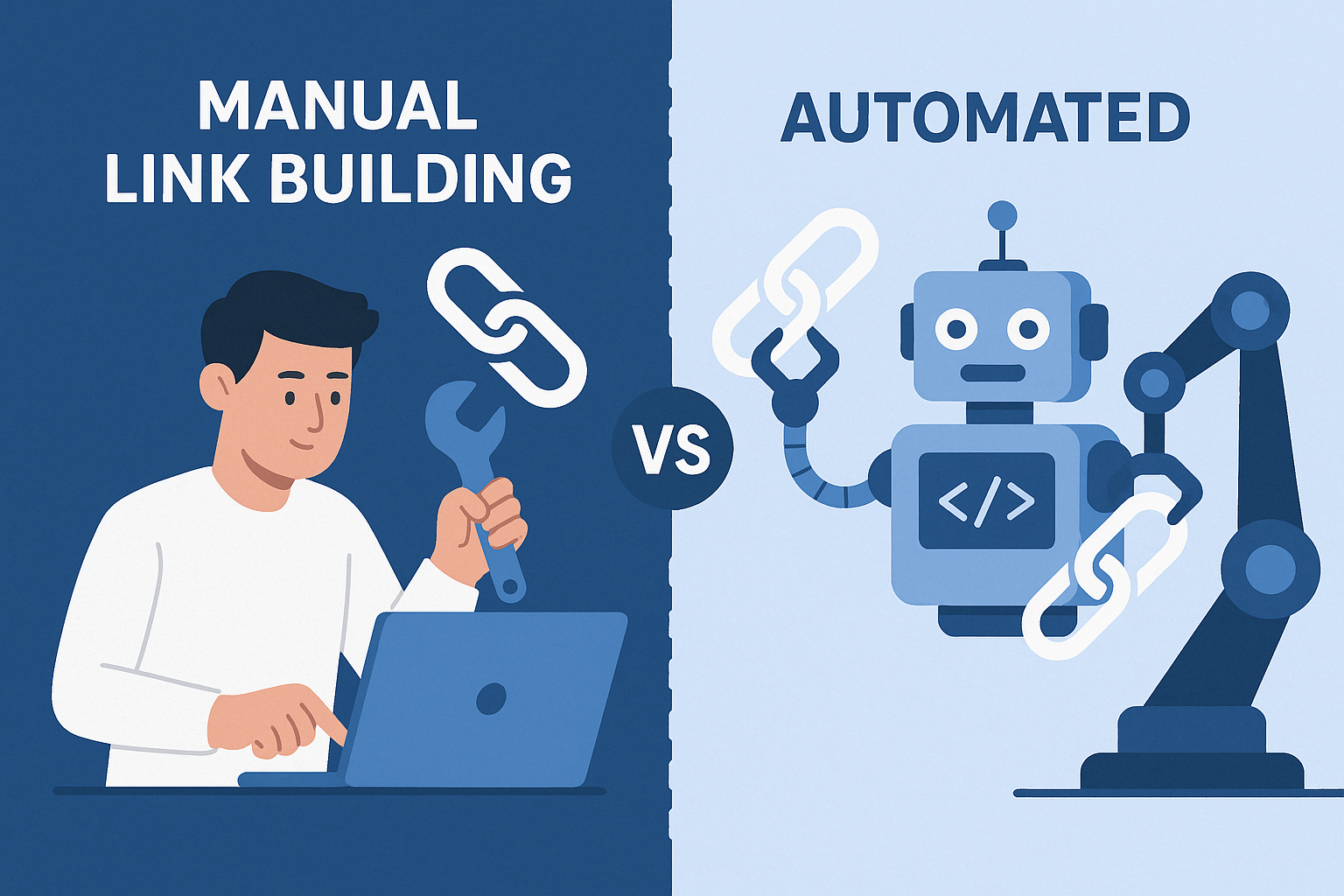



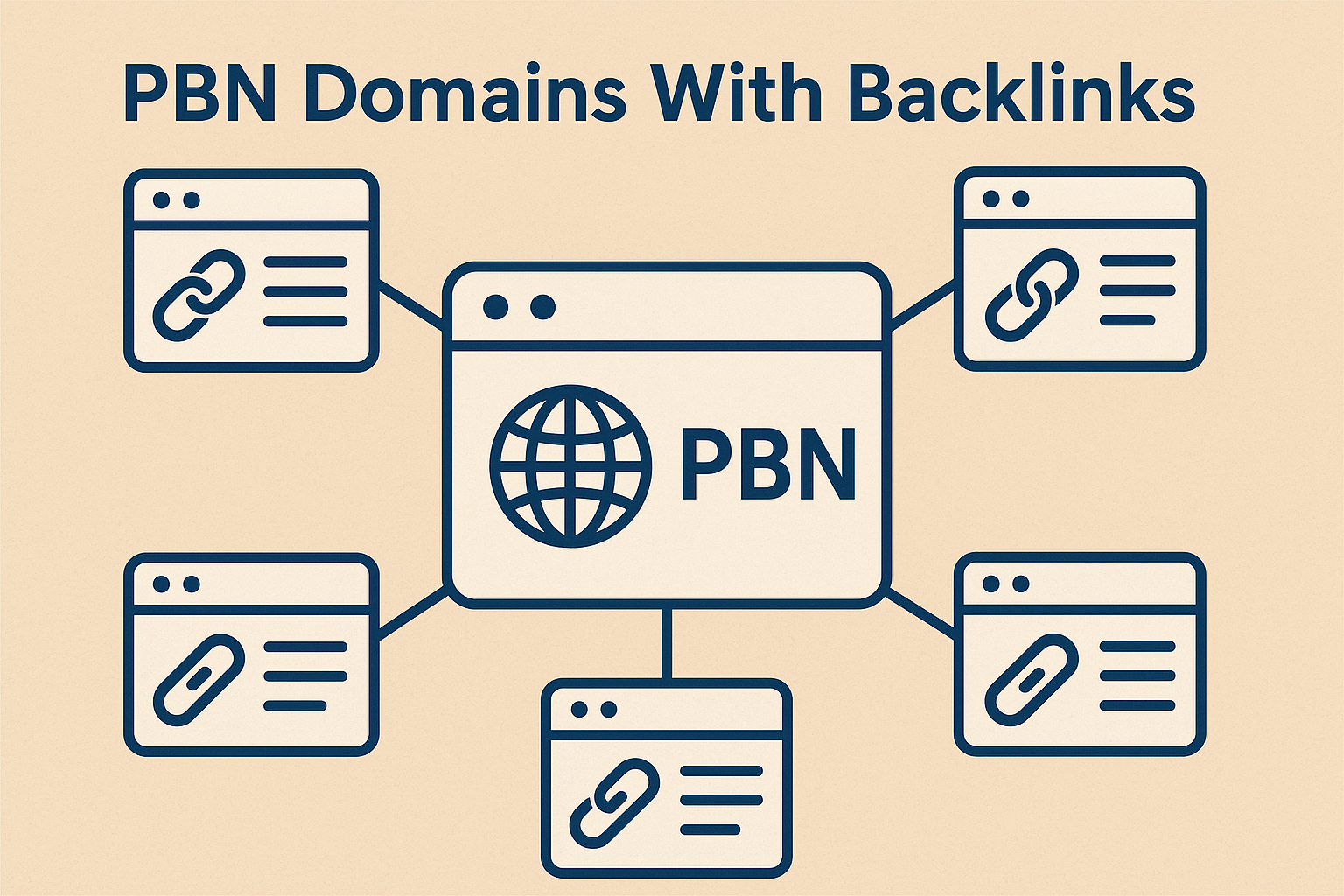
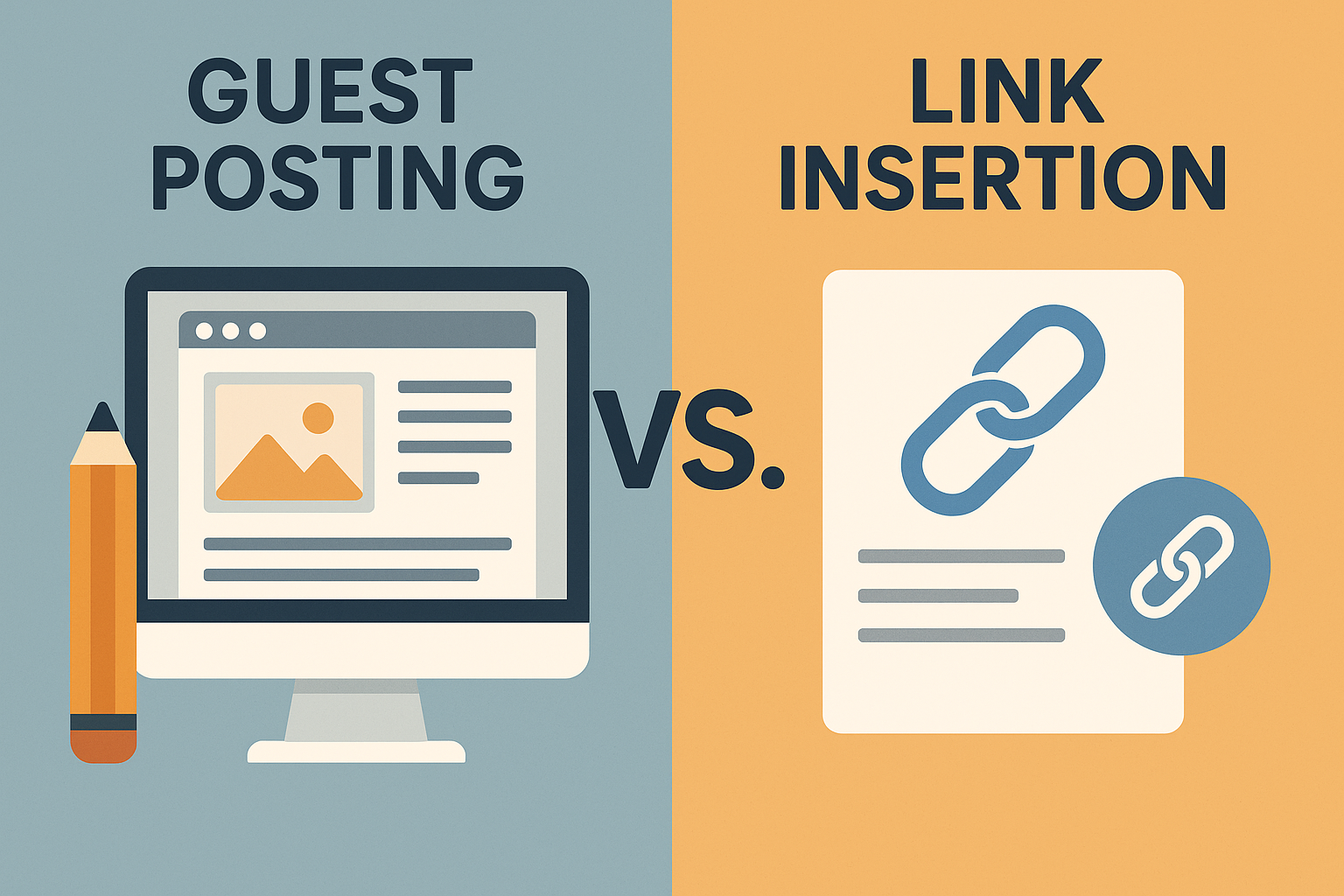
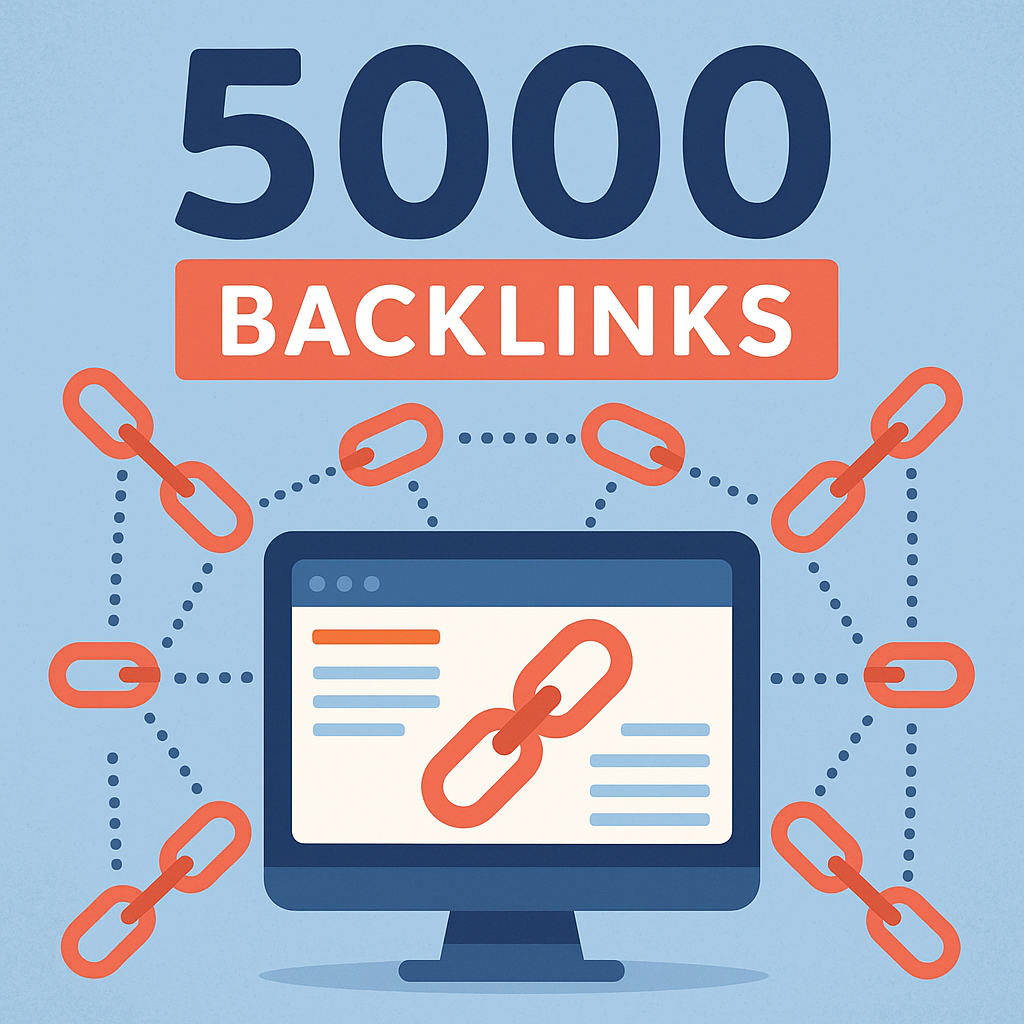
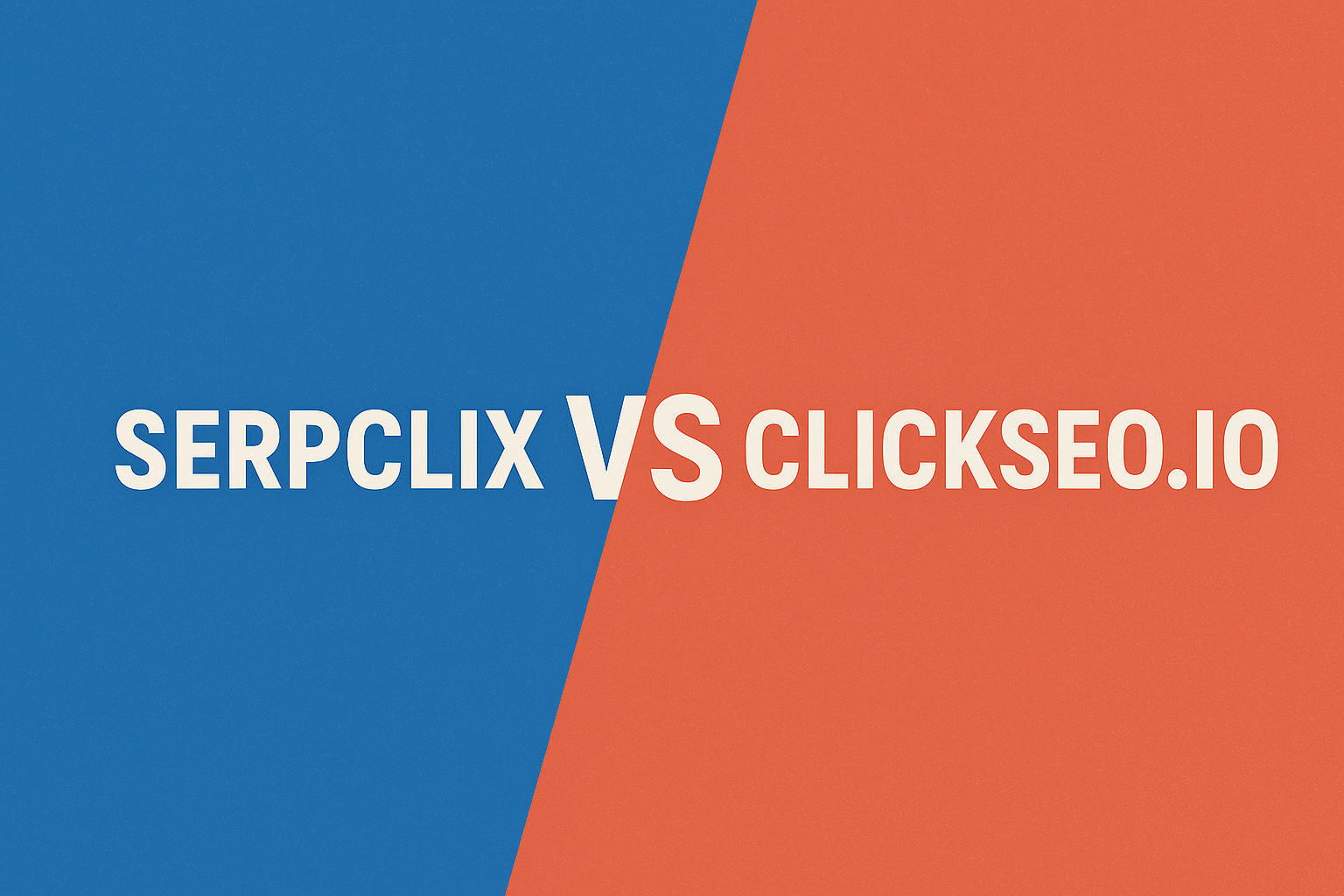

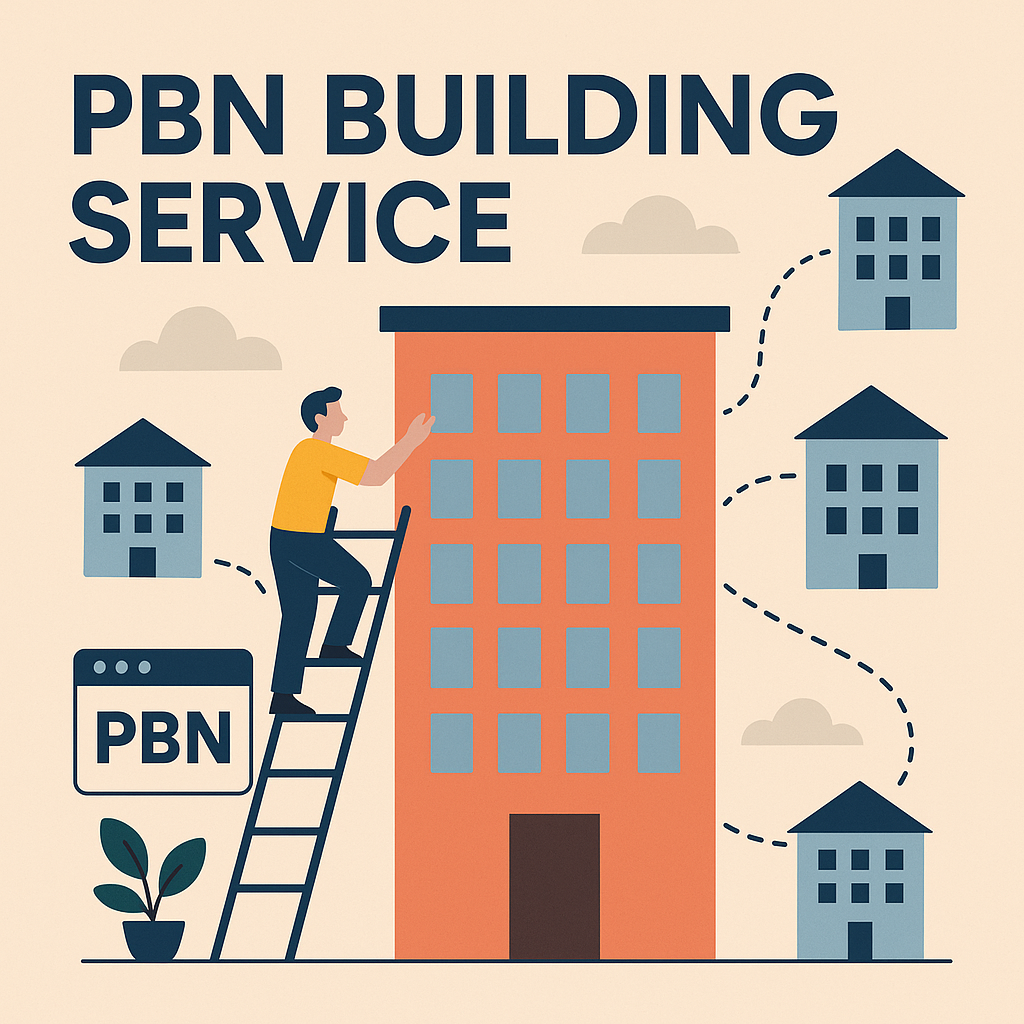
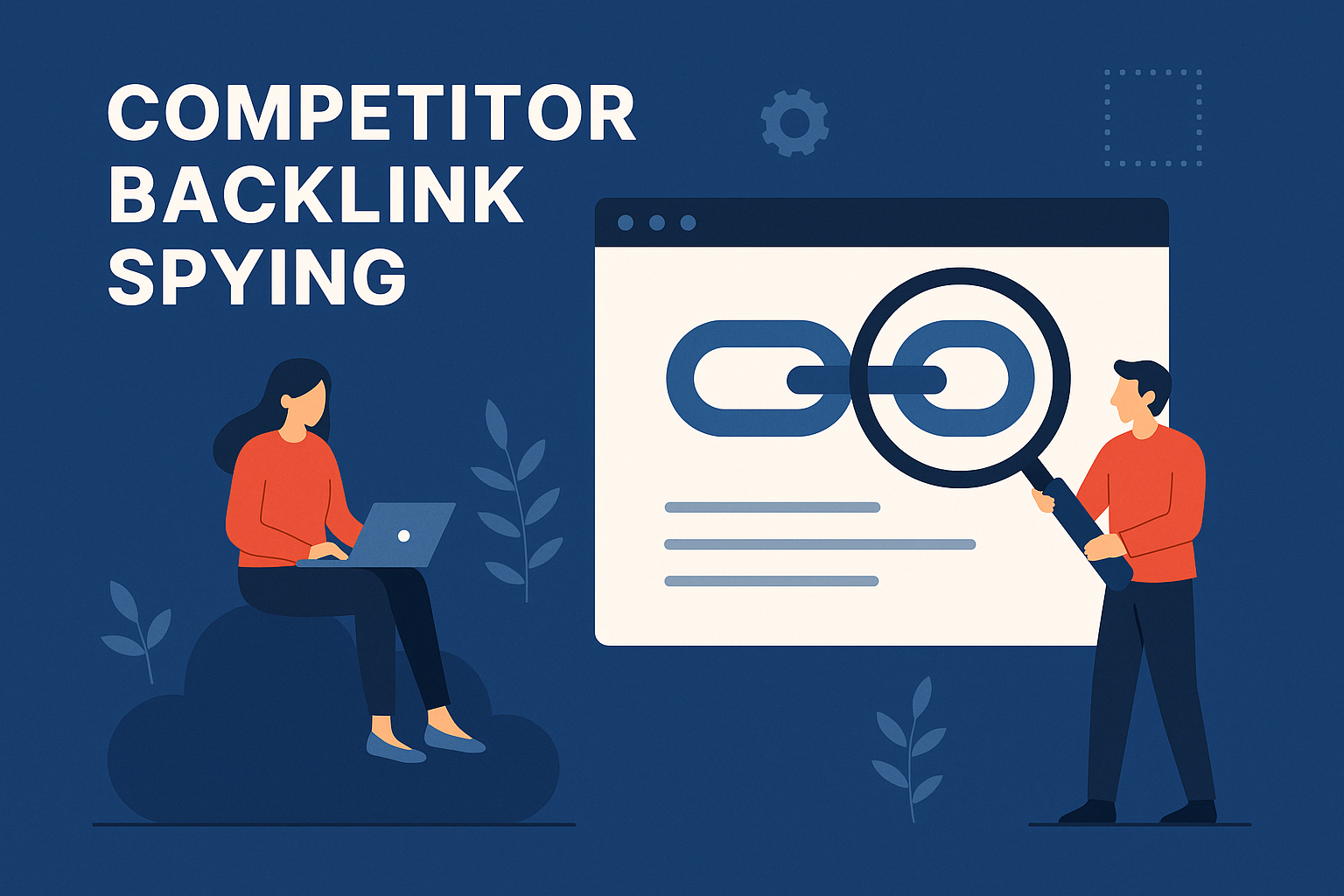

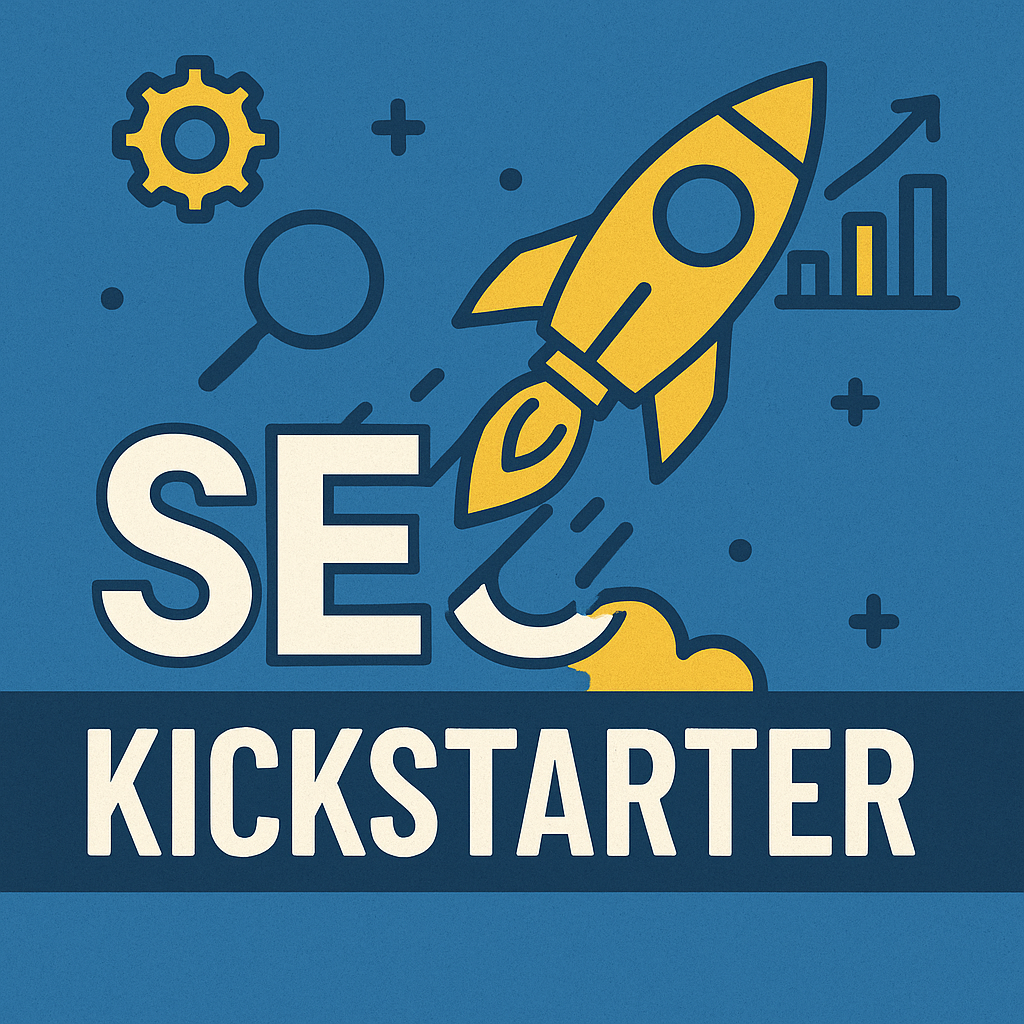
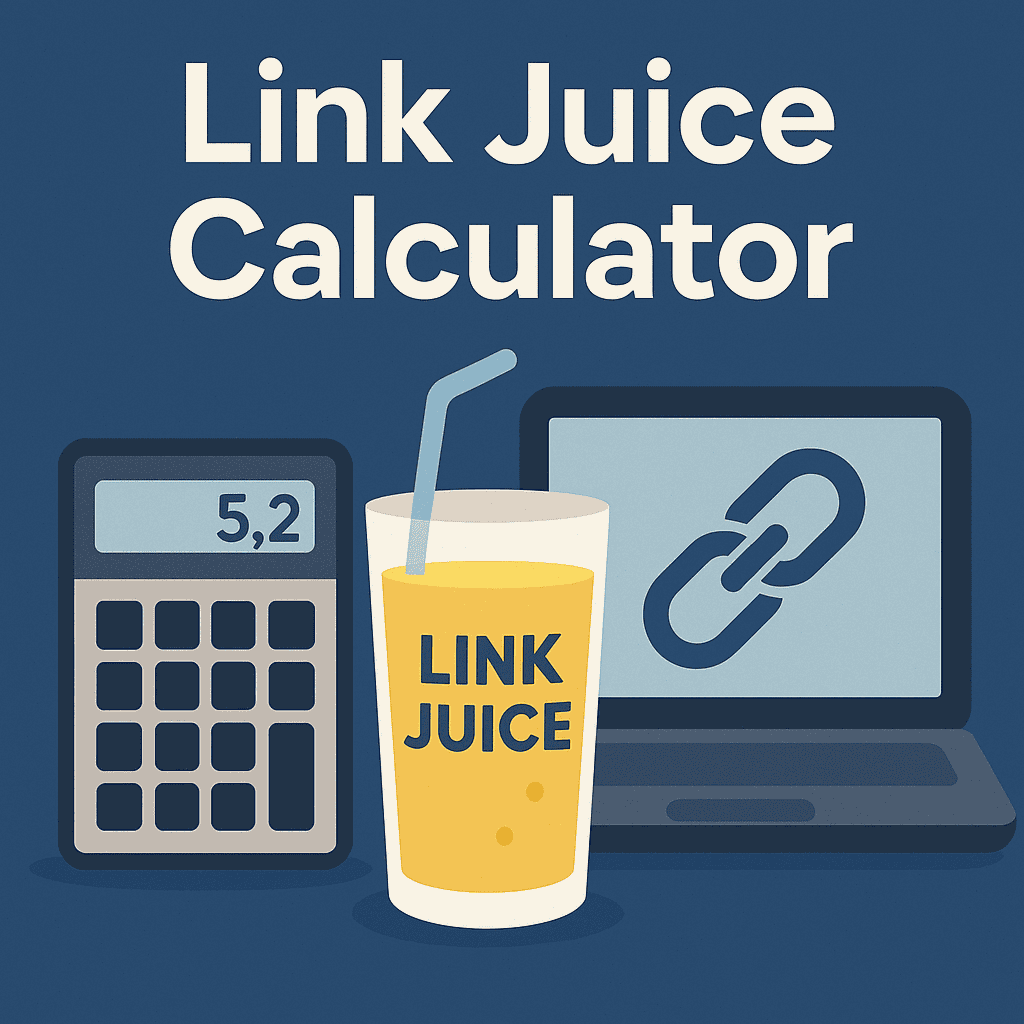
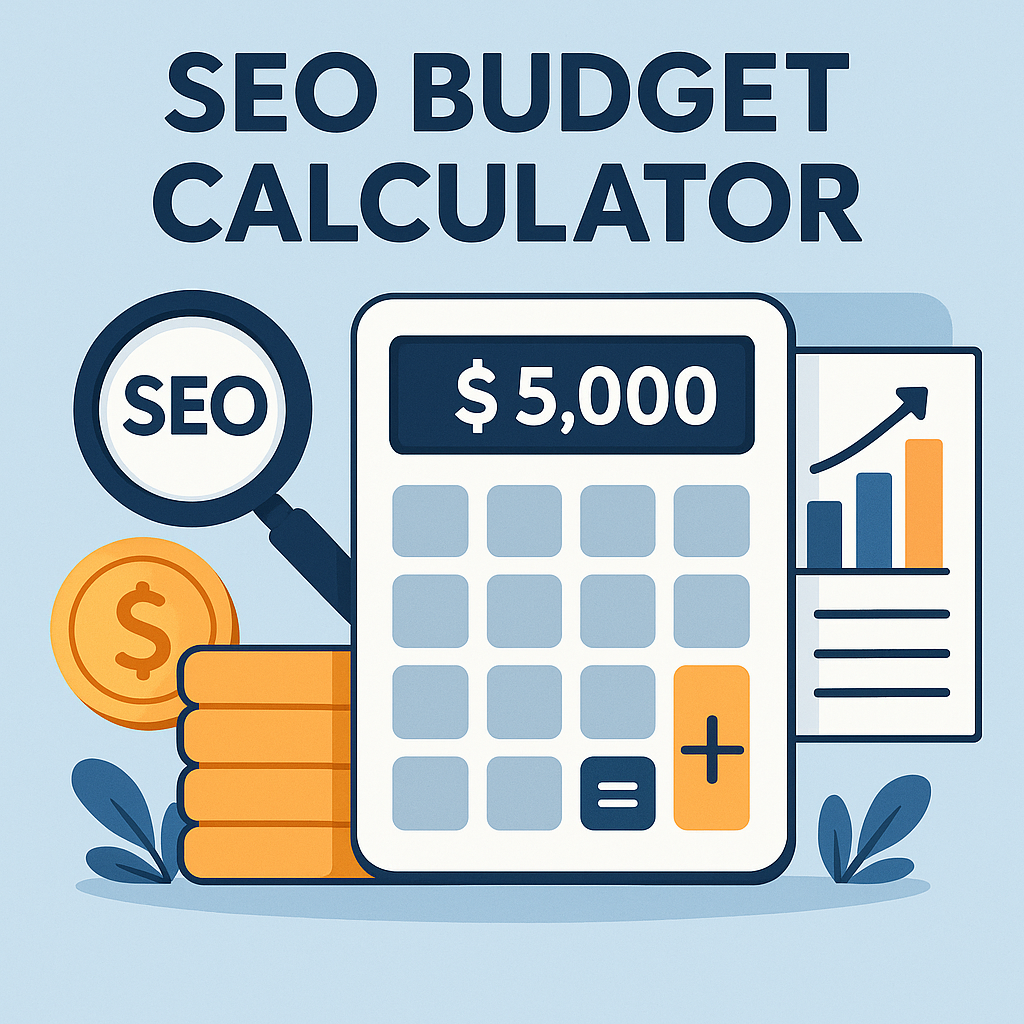

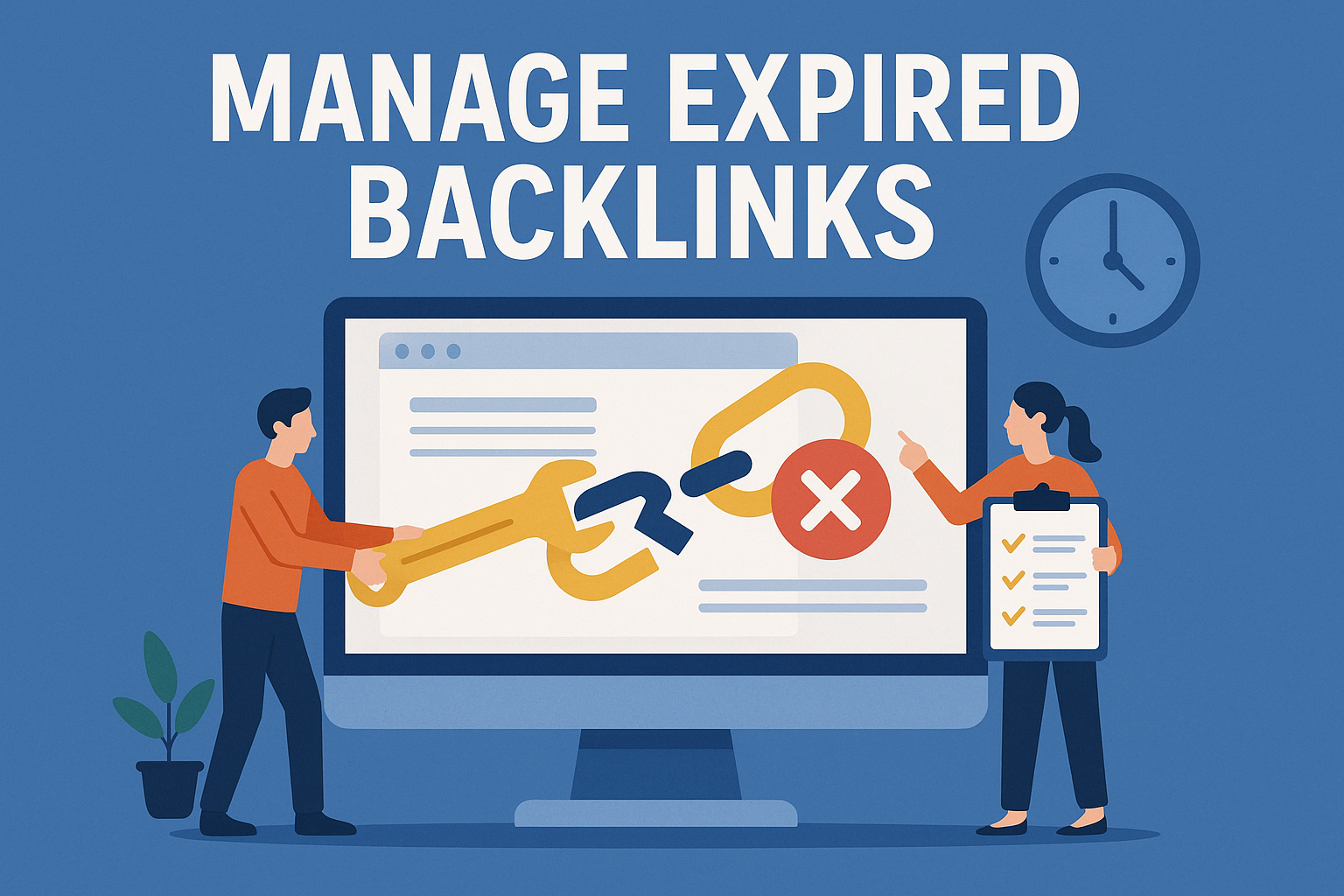
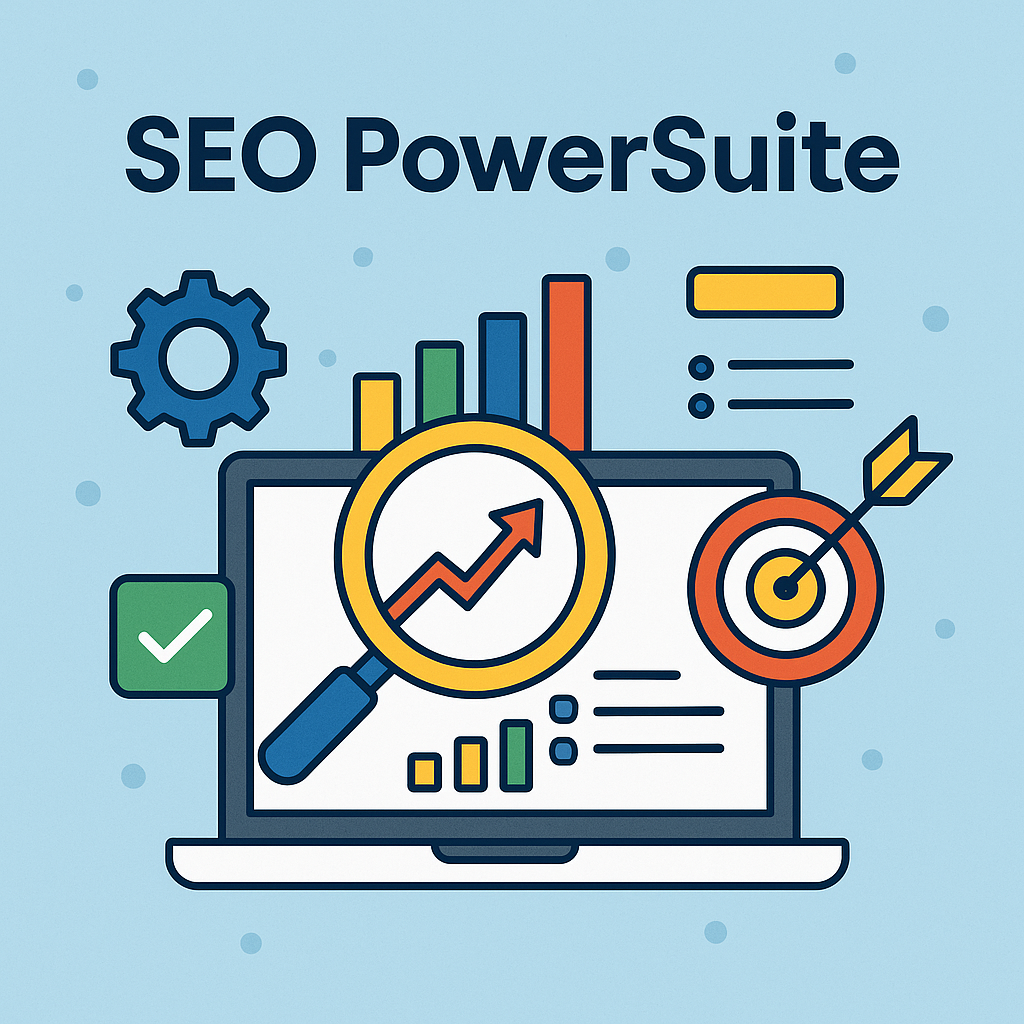
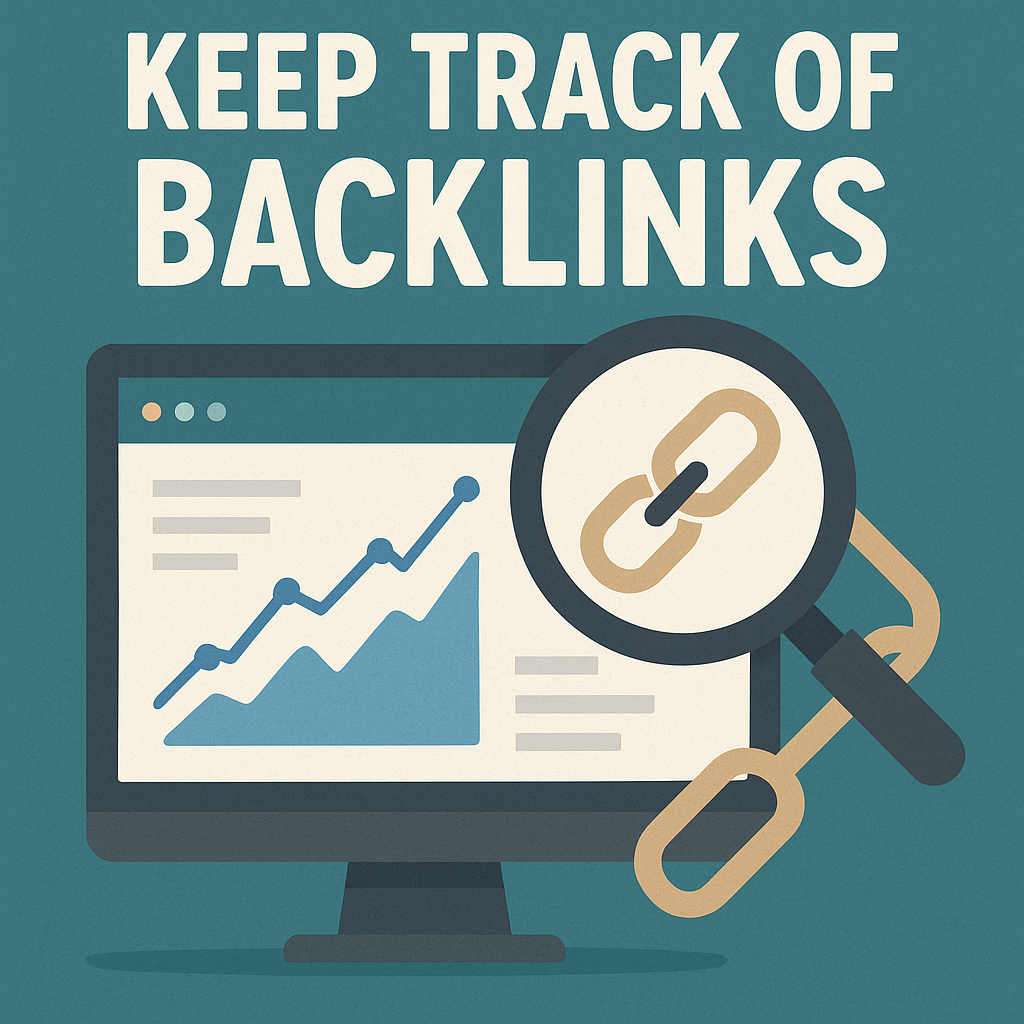
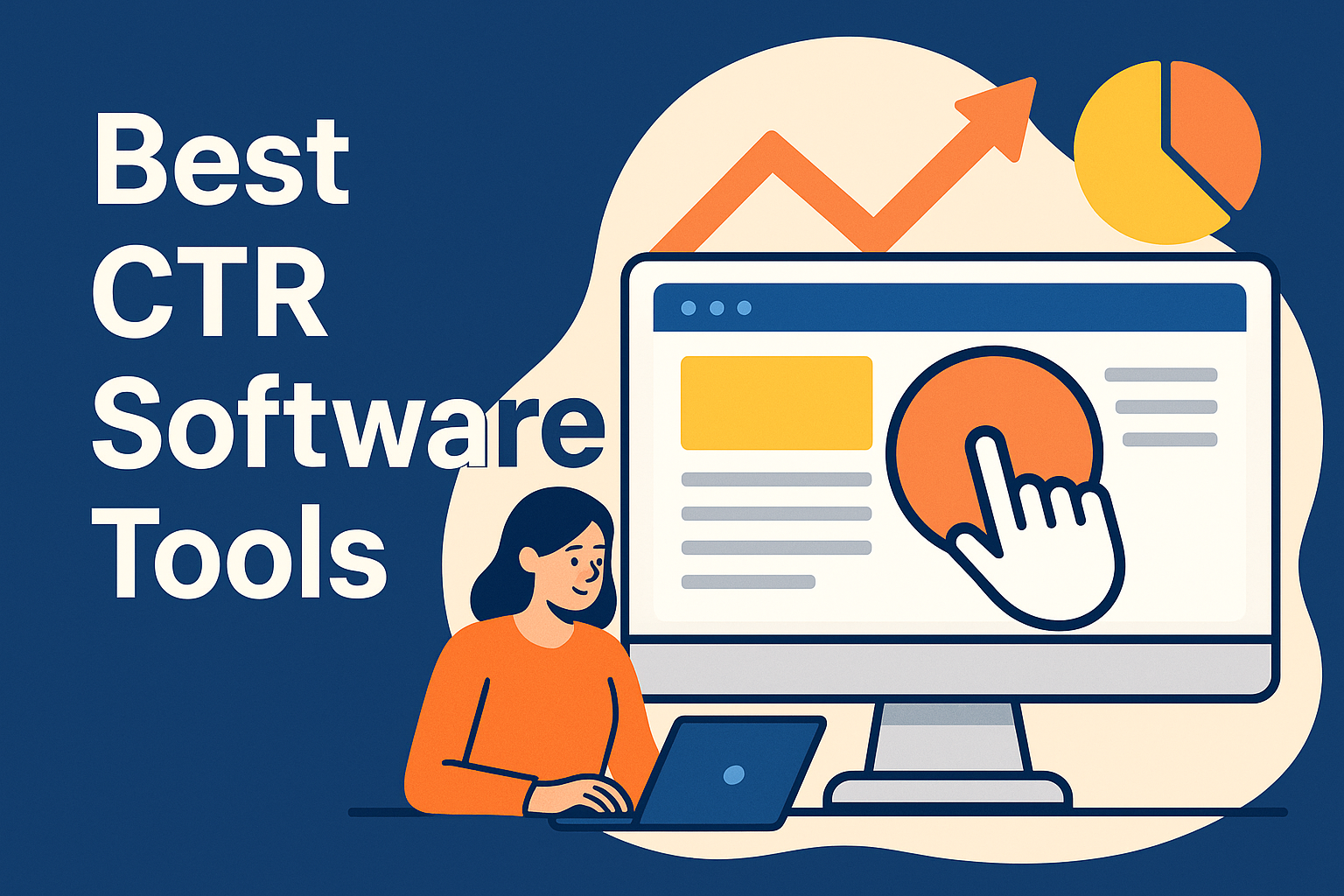
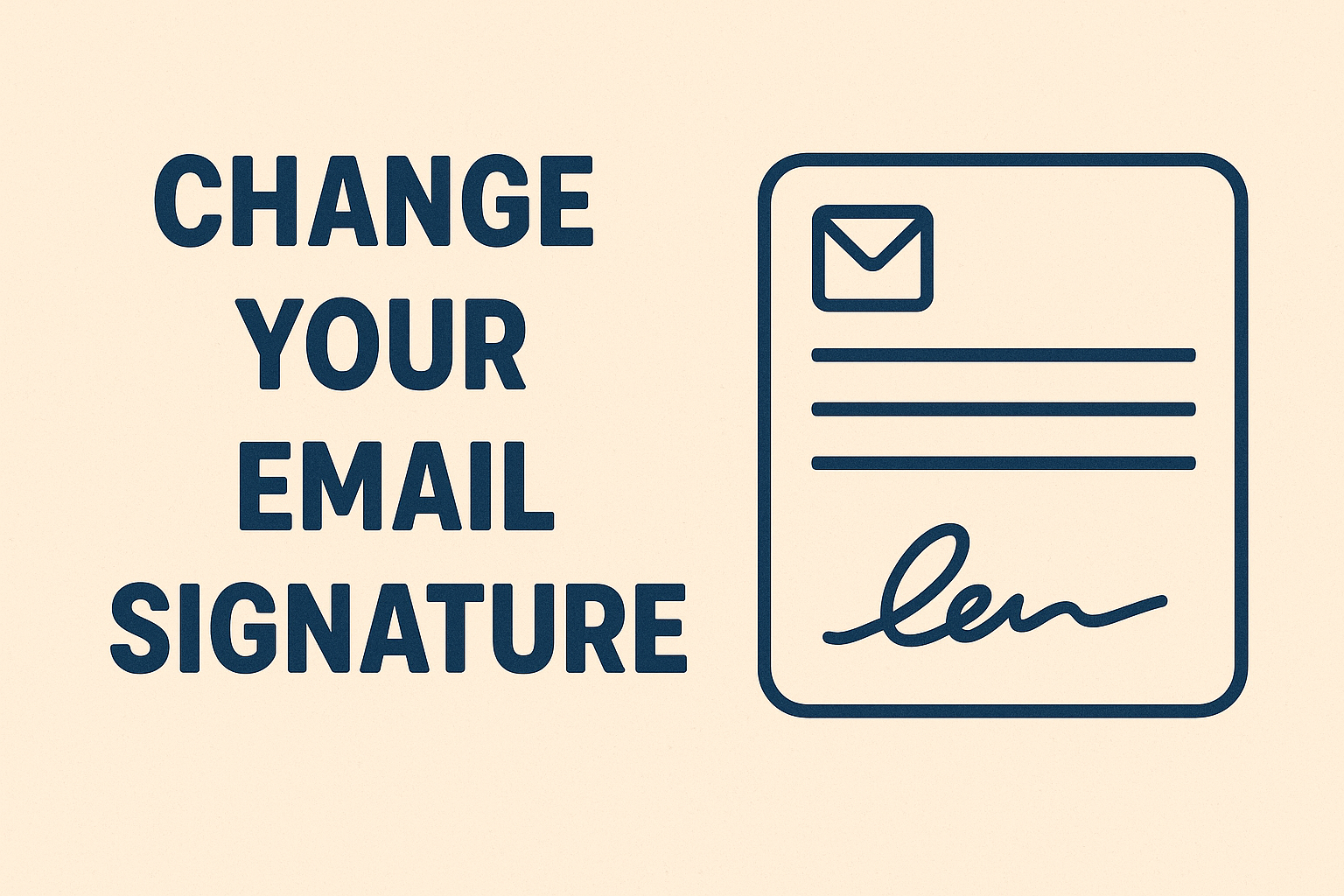
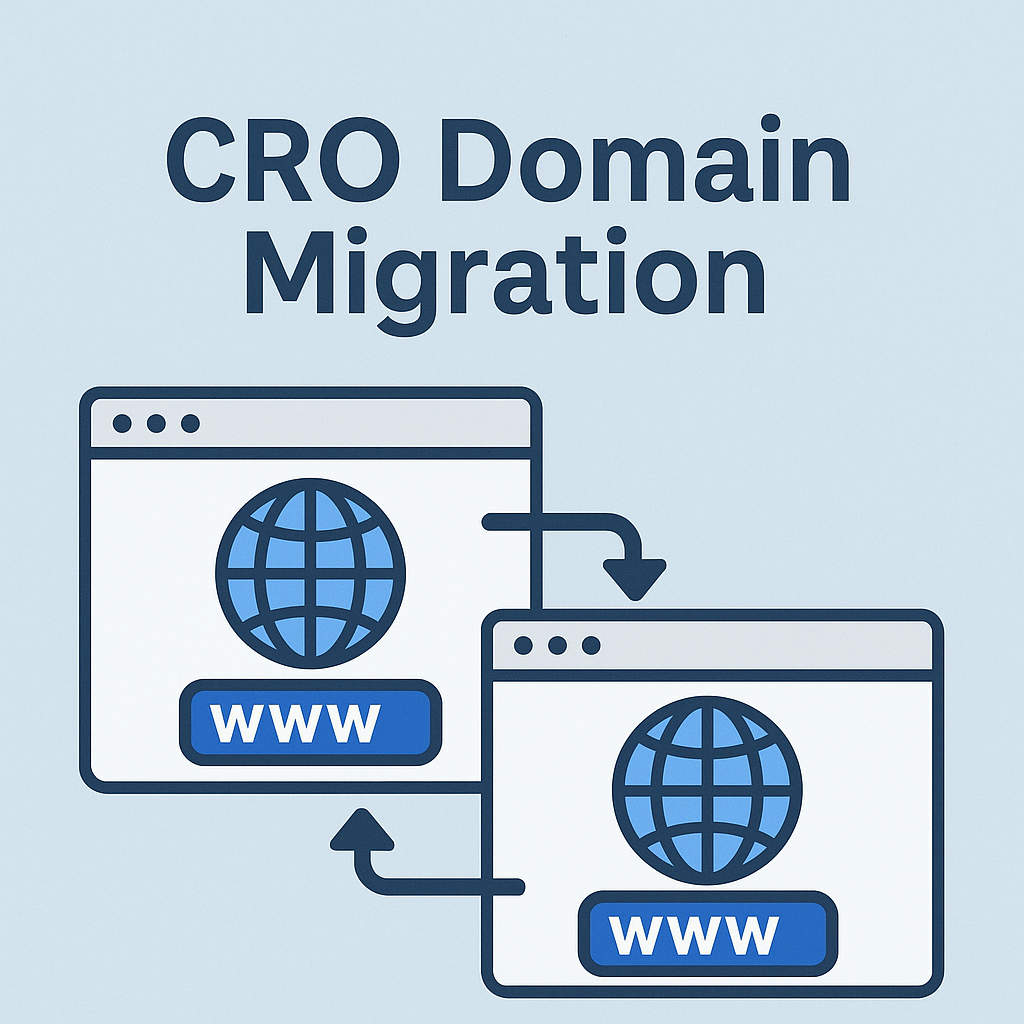


![Best Link Exchange Sites [Free & Safe] – Top 5 Picks](https://backlinkmanagement.io/wp-content/uploads/2025/04/Free-Link-Exchange.png)
